The 7 best stand mixers - from the 20 that our bakers tested
I've tested 20 of the best stand mixers alongside professional bakers and narrowed it down to the only 7 models you need to know about
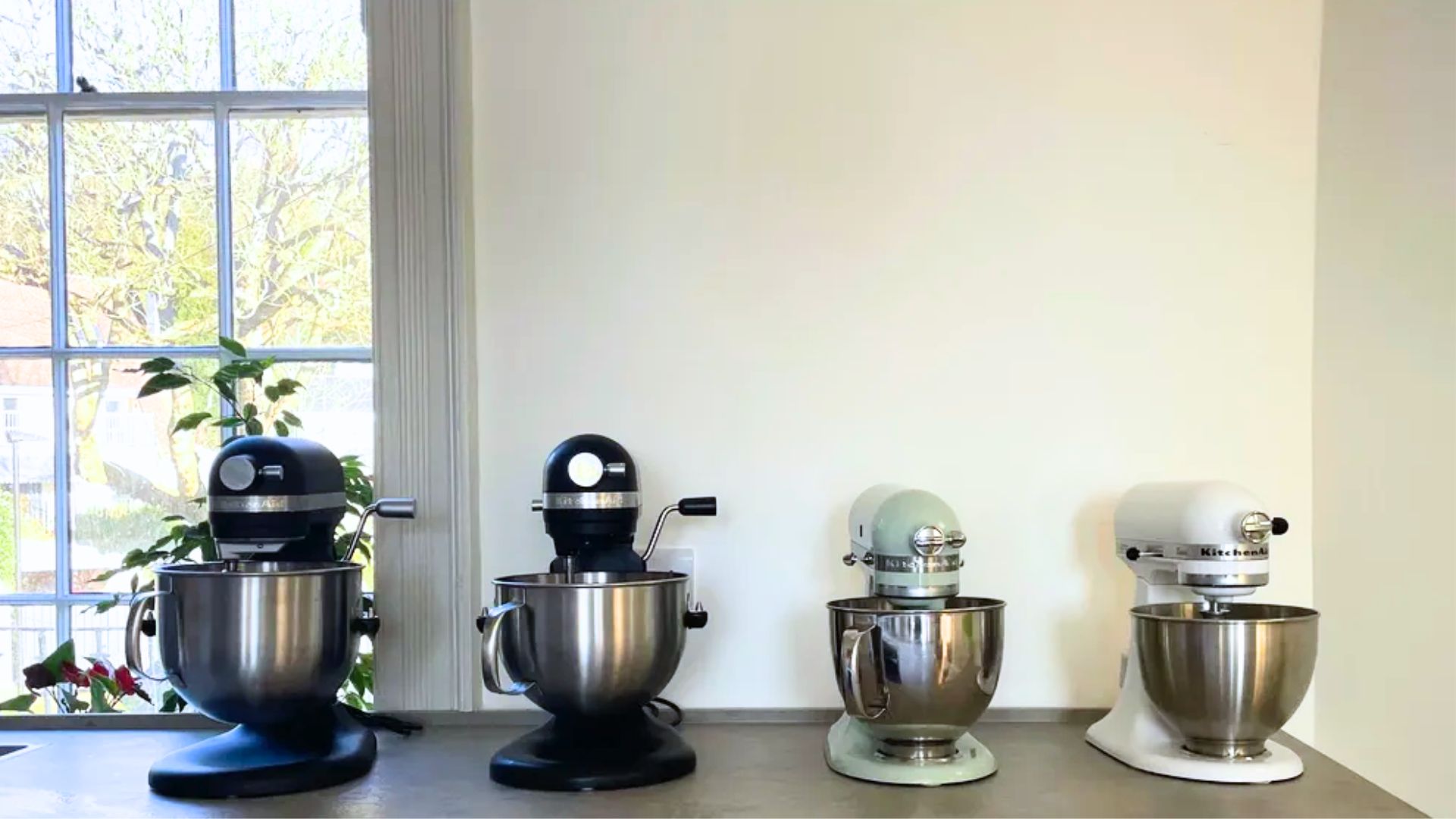

Researching the best stand mixers can throw up more questions than it'll answer. Plenty of people will tell you that a covetable KitchenAid will change your life with its versatile whipping, kneading, and mixing. But which stand mixer does Mary Berry use? And is a budget stand mixer ever worth it?
As someone who has spent over a decade baking—burning out more stand mixers than I'd like to admit—I’ve learned what features really matter and which ones are just marketing hype. I’ve tested more than 20 of the best stand mixers on the market, from KitchenAid, Kenwood, Smeg, and more, narrowing it down to just 7 models that deserve a spot on your countertop.
This guide isn’t just another product roundup. It’s a deep dive into what makes a stand mixer great, whether you’re an occasional baker or a pro. I’ve picked the brains of bakery professionals, used commercial-grade professional stand mixers, and tested budget stand mixers in my own kitchen. And while the KitchenAid Artisan is my top pick, I didn’t award it the title lightly — I’ve included lesser-known brands that might just surprise you.
To make sure you’re getting the best advice, I also spoke to baking experts about what to look for in a stand mixer and how to choose the right one for your needs. So, let’s get started—because the right stand mixer can change the way you bake forever.
The Quick List
If you're working with a Bake Off style countdown and you just want the headlines, here's an introduction to the six best stand mixers on the market. You can keep scrolling to find out more about my experience with each one (with some extra tips and tricks sprinkled in too).
The only stand mixer not in this quick list is the beautiful KitchenAid Evergreen Design Series (the one with the walnut wood bowl and moss green body). I've got a whole section dedicated to it, because it's the most beautiful stand mixer I've ever seen, but it's a special mention rather than one of your essentials.
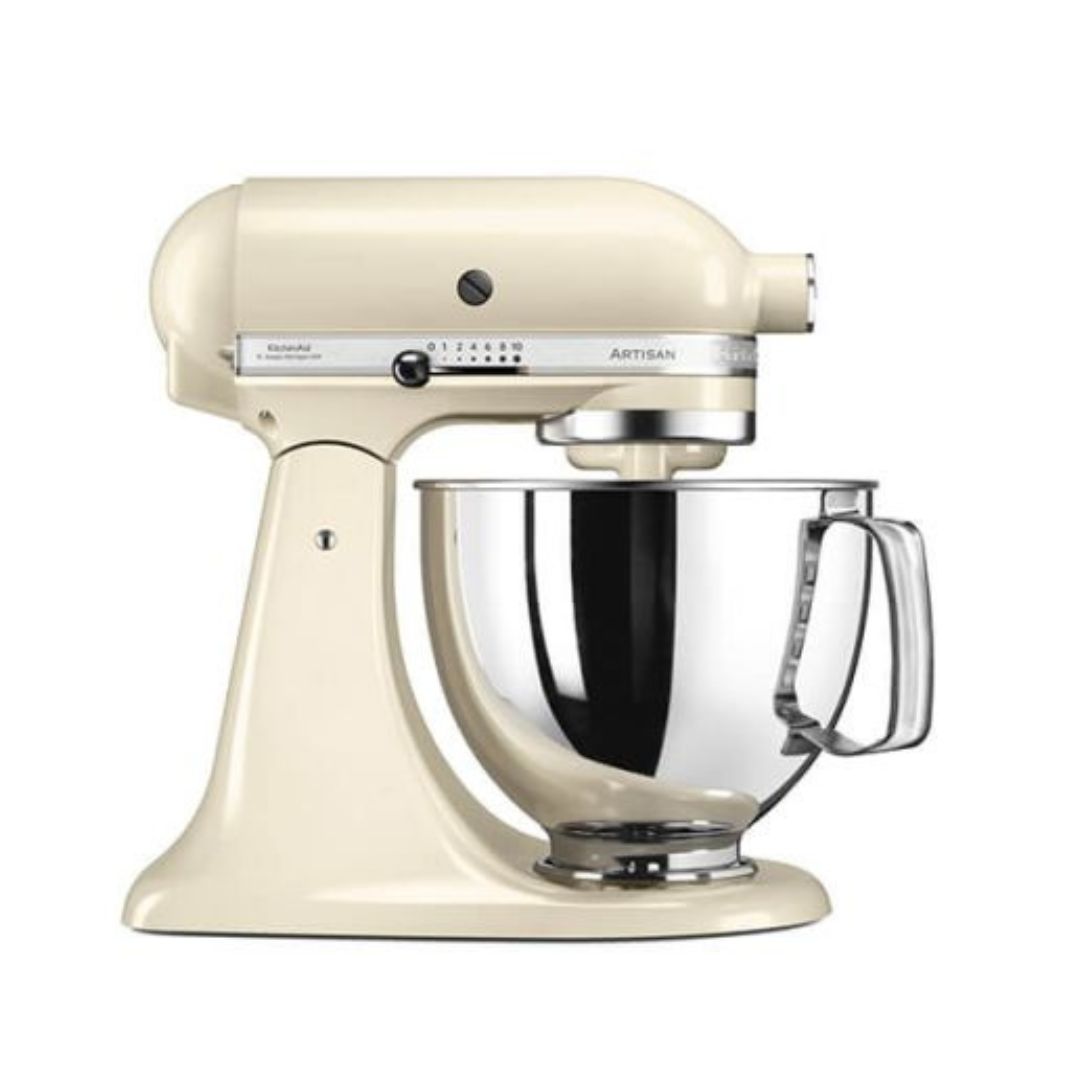
Best stand mixer overall
This is one of the best-selling stand mixers of all time and it's for good reason. The simple mechanisms would let even a beginner bake with the power of a borderline professional mixer. The most difficult choice is knowing which colour you want.
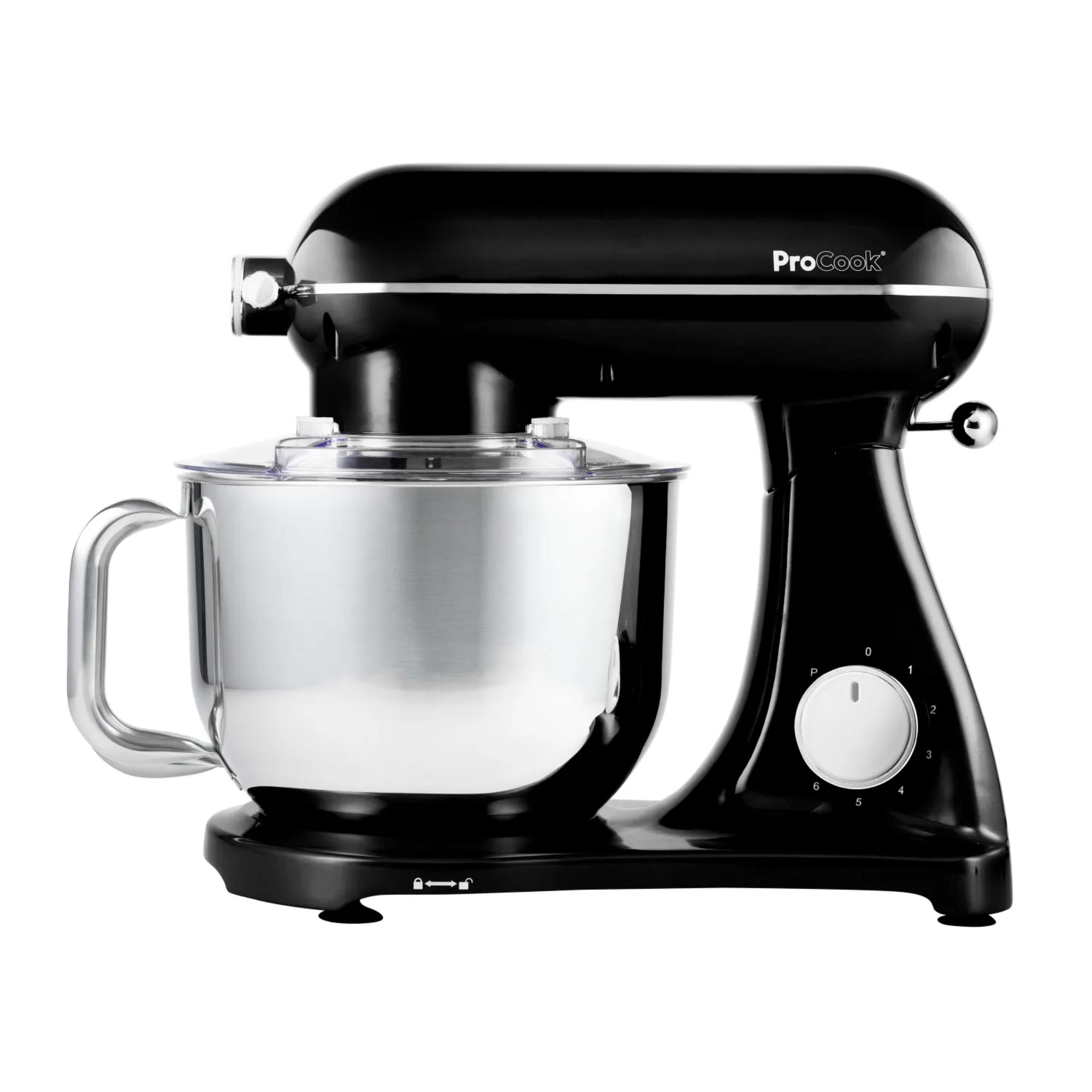
Best value stand mixer
If you want to balance quality and price, this is the sweet spot. ProCook's stand mixer looks and feels as good as models double the price, but you'll need to keep a spatula to hand to scrape the sides clean.
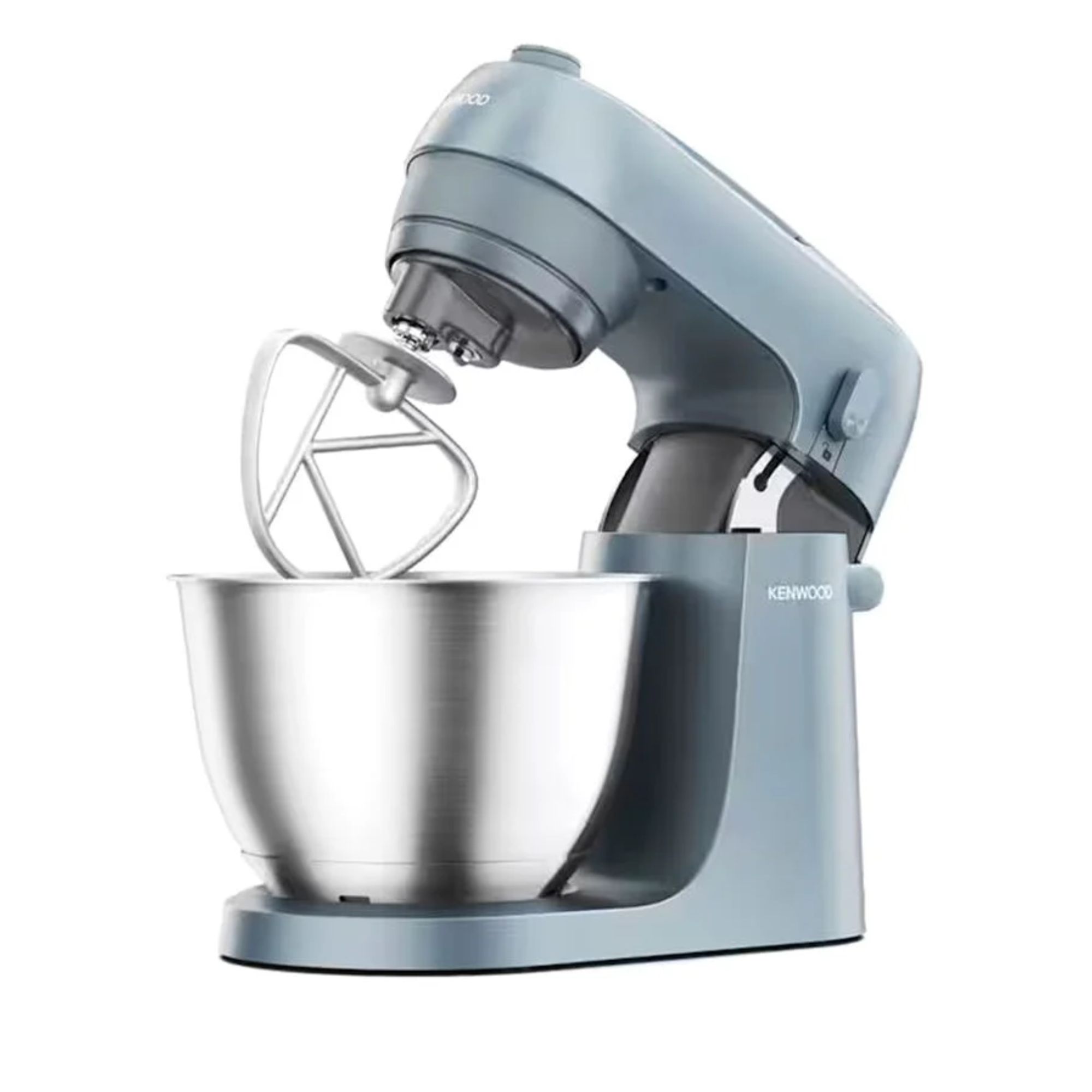
Best stand mixer for small homes
At just 30cm tall, the Kenwood is perfect for slotting into your cupboards. It comes with a handle on top and a 4-litre bowl (which is only 0.8 litres smaller than the KitchenAid). You can save space and money without much compromise.
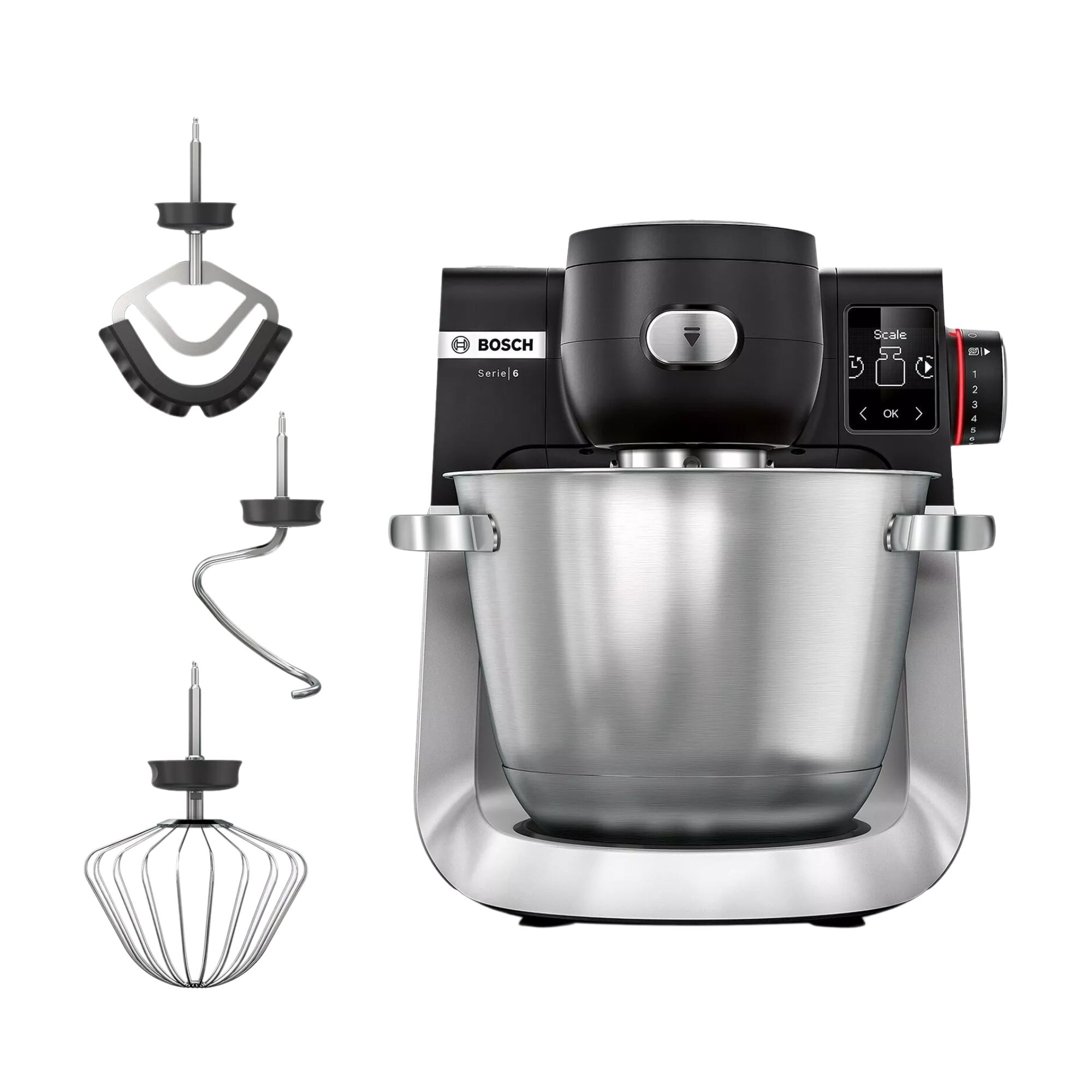
Best hybrid stand mixer
Bosch has integrated weighing scales, timers, blending, ice cream making, and much more into this smart stand mixer. It's perfect for one-bowl baking and certainly suits modern, techy kitchens.

Best stand mixer for serious bakers
If you want to avoid wobbles, burn-outs, and over-filled bowls, this is the stand mixer for you. As the name suggests, this is designed for professional bakers and it even has a 1/2 speed setting for folding in delicate ingredients.
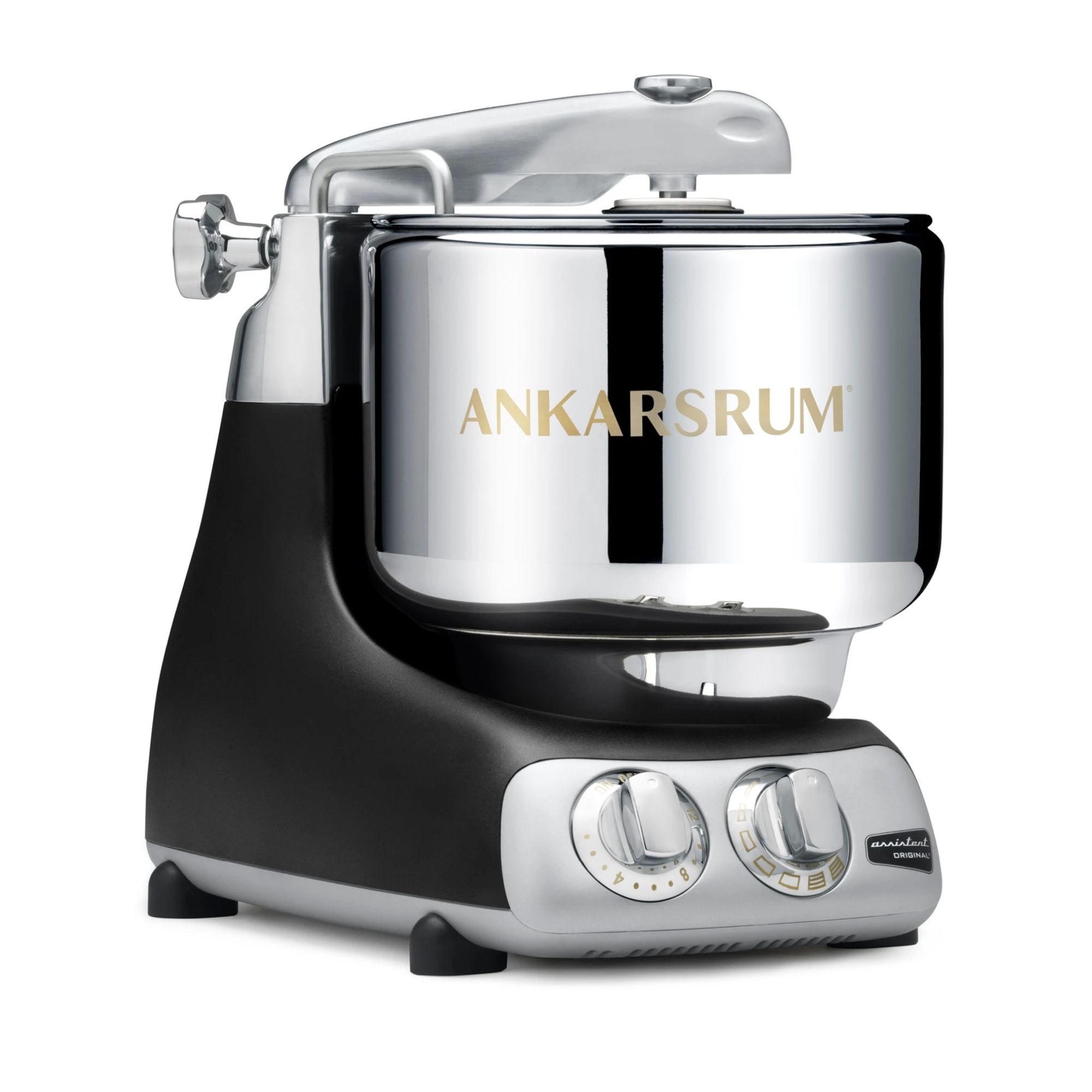
Best stand mixer for bread
If you need a helping hand with anything in the kitchen, it's probably kneading bread. Ankasarum, with its rotating bowl and niche attachments, outshines all the competition. The power, capacity, and versatility in bread baking is unparallelled.
The best stand mixers of 2025, tested and approved by professional bakers
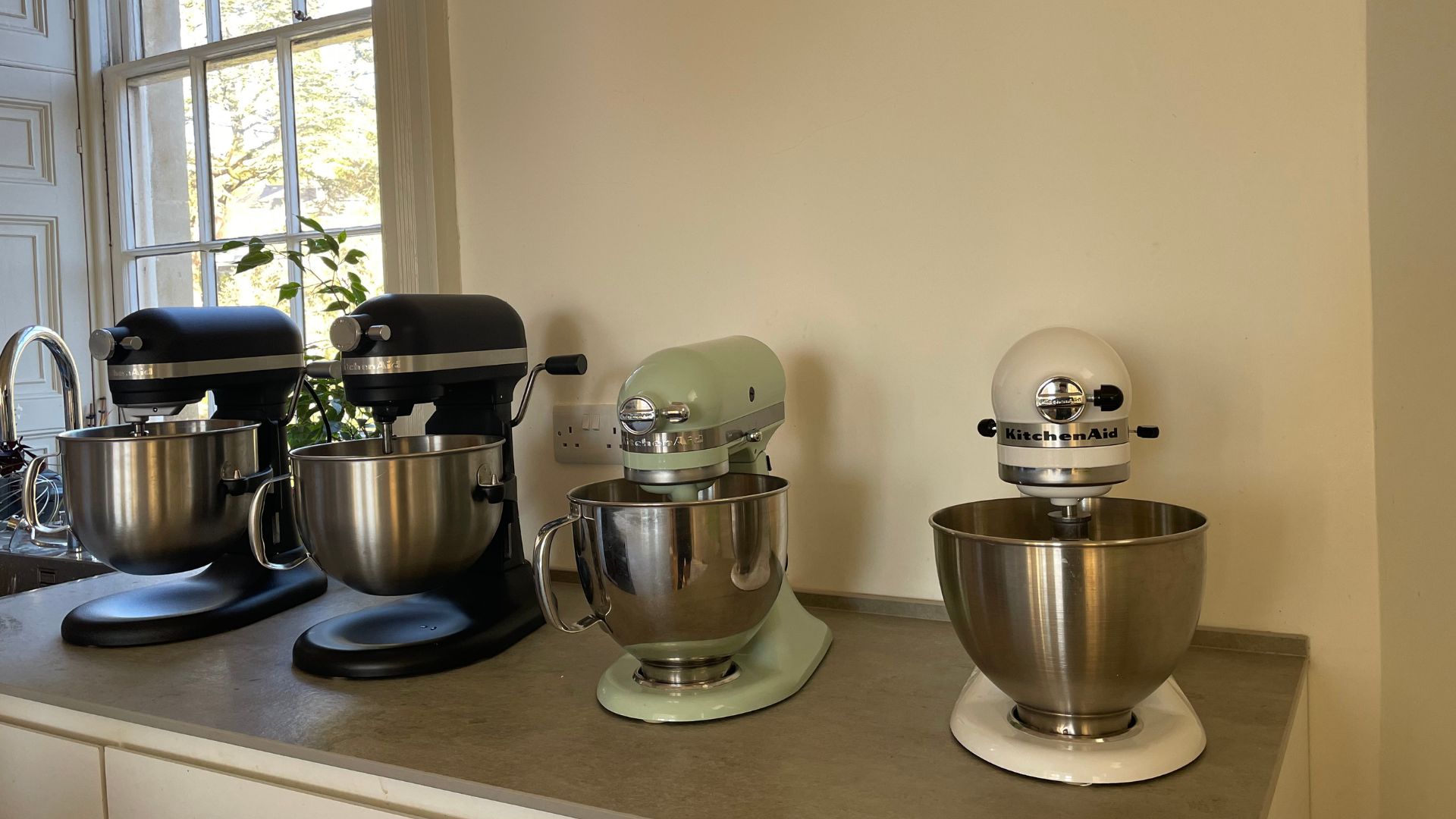
Now you get to have your cake and eat it. Here are the details of the only six stand mixers that you need to know about to find the perfect one for your kitchen. If you need a hand working out your non-negotiables, I've got a section on how to choose a stand mixer further down the page.
Best stand mixer overall
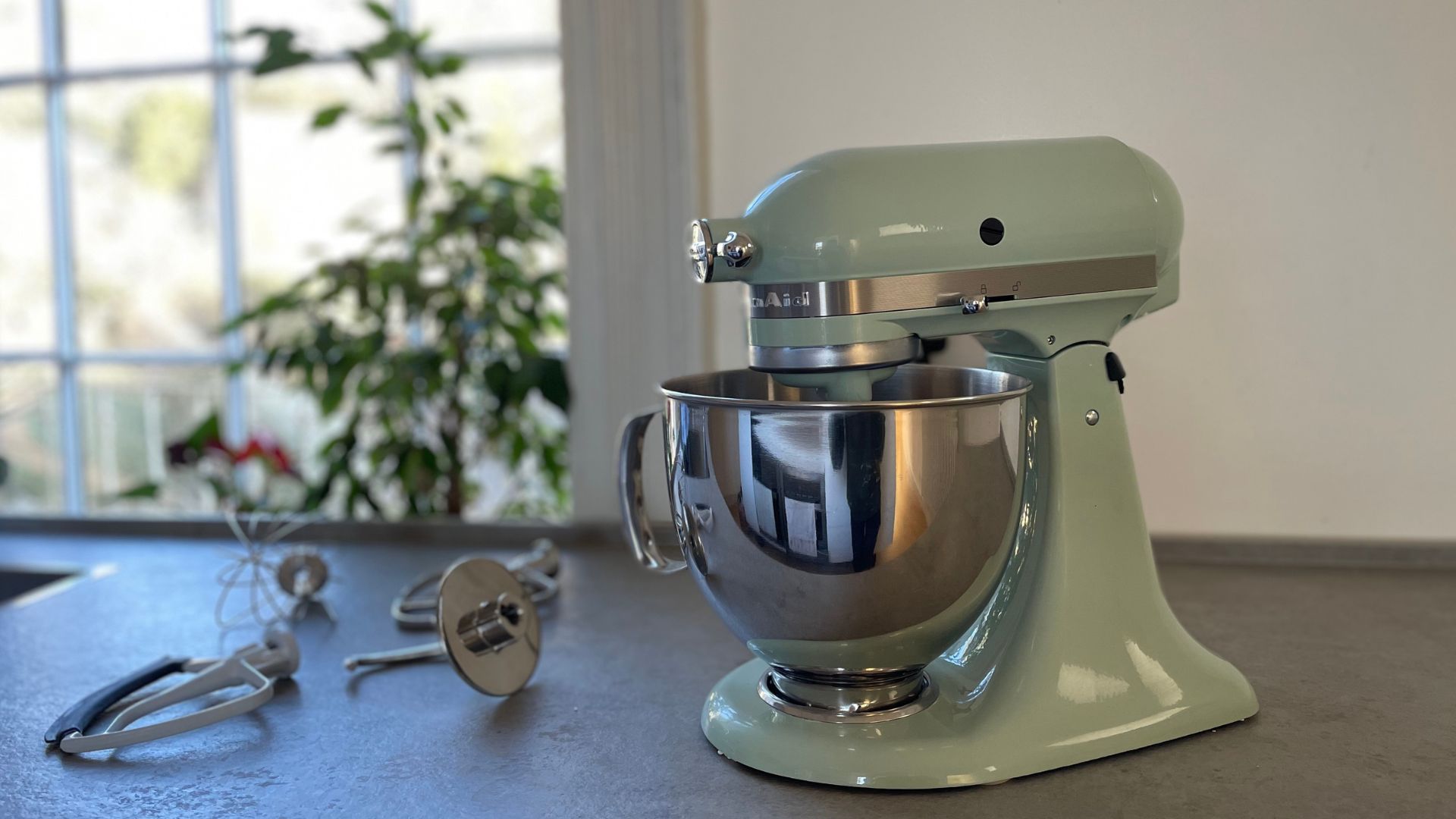
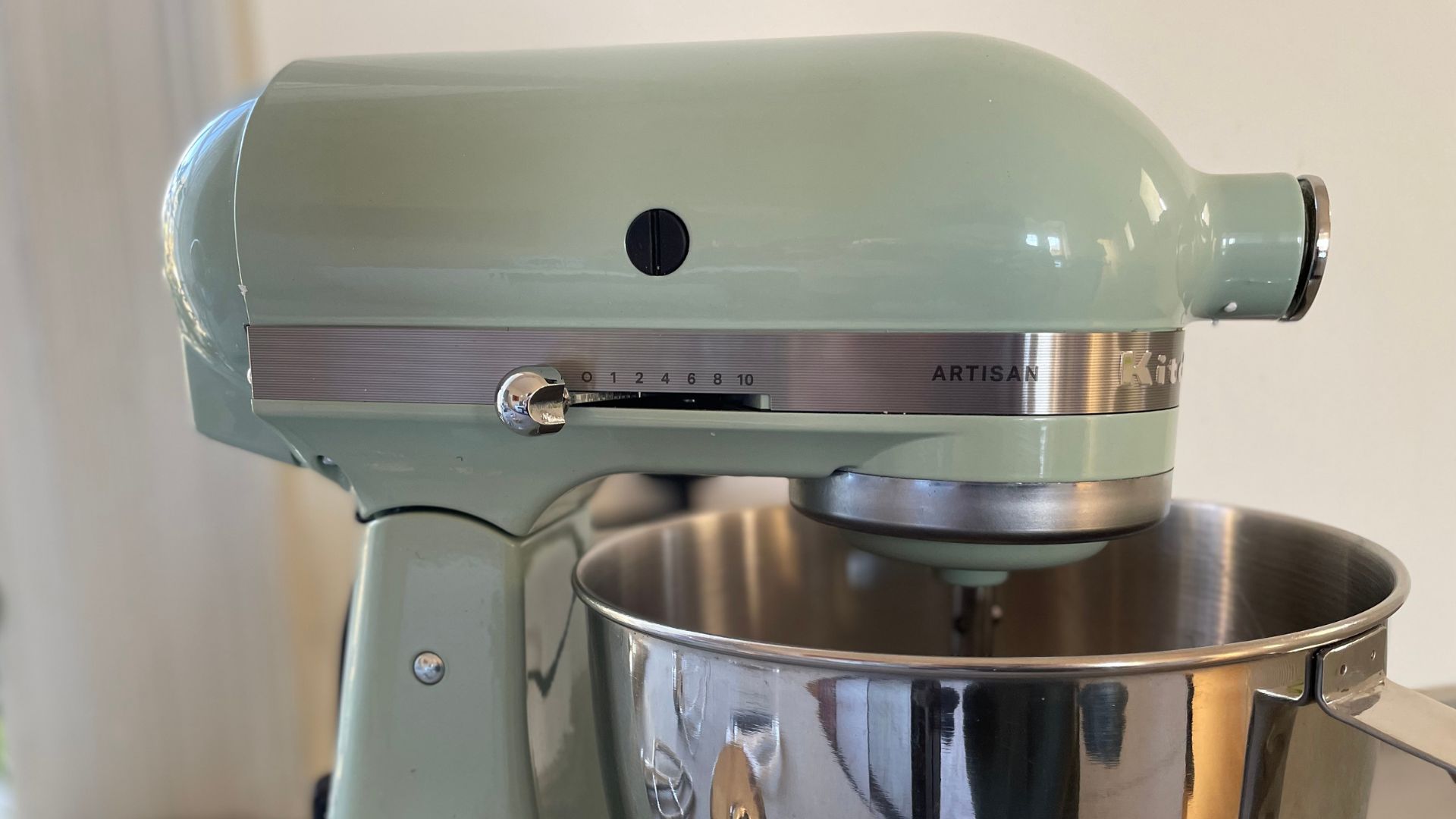
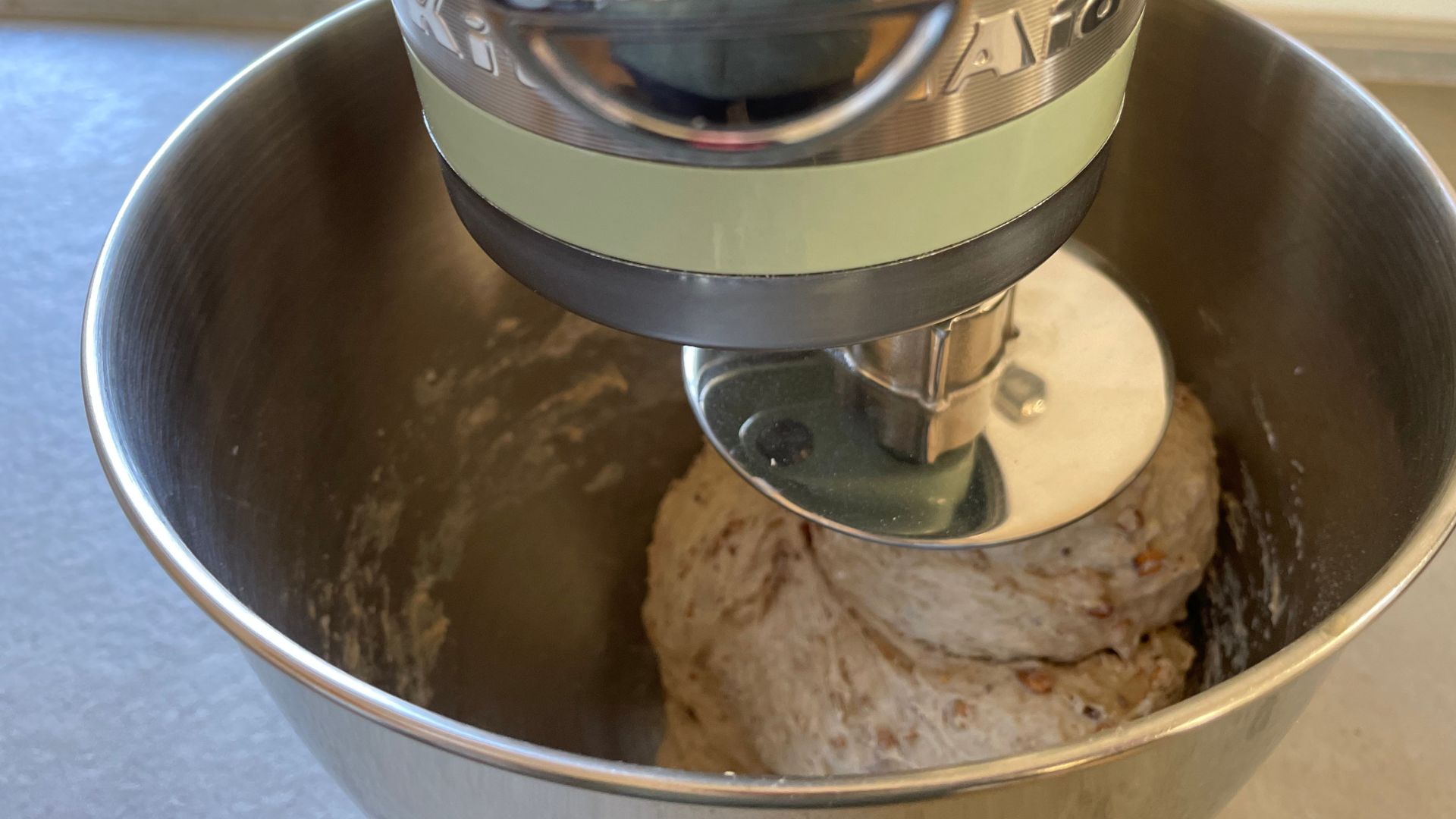
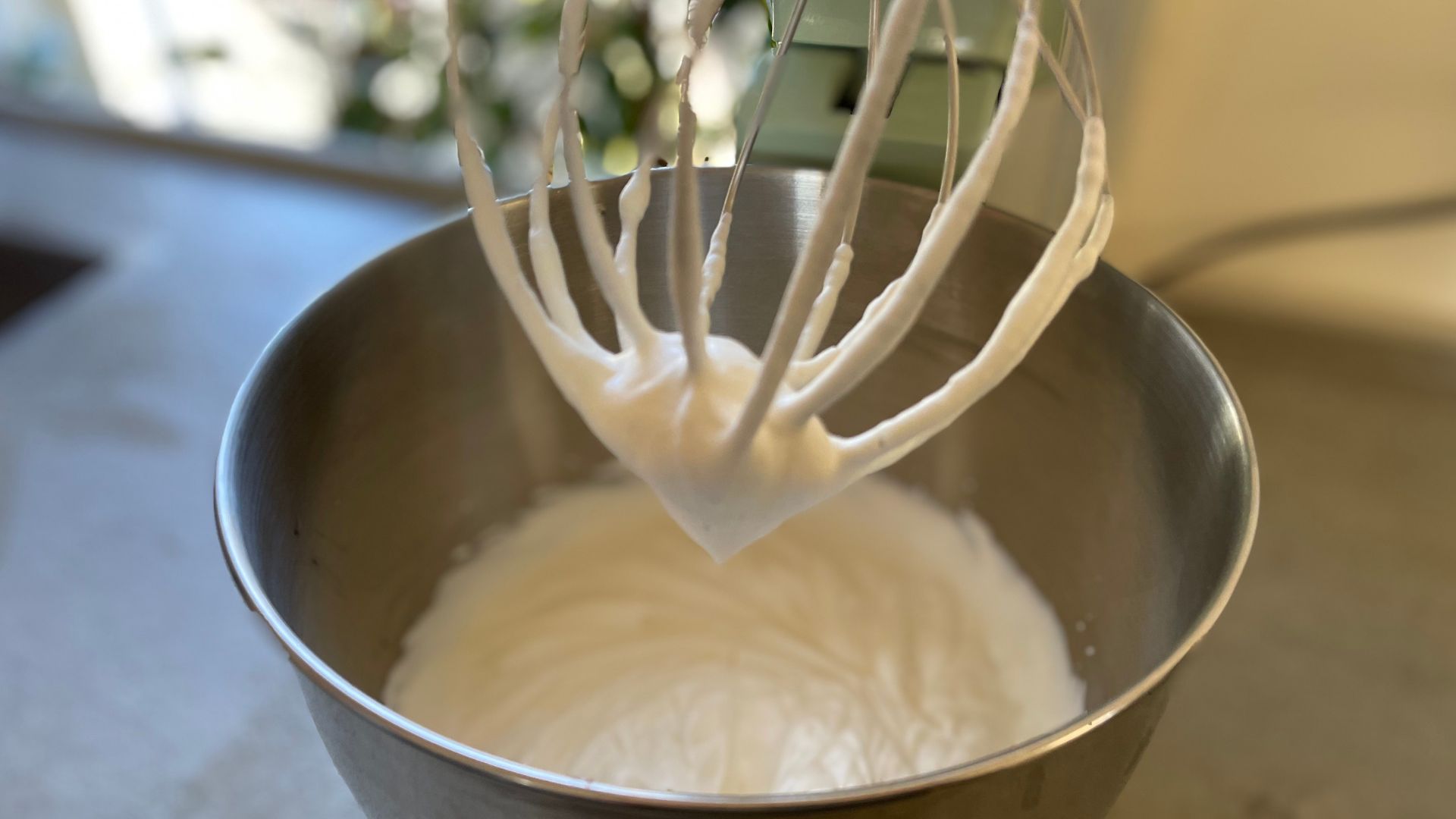


Specifications
Reasons to buy
Reasons to avoid
This stand mixer is the ultimate kitchen trophy, draped in decades of prestige. Even Princess Katherine (formerly Kate Middleton) has one. The woman&home food team use theirs daily. And yes, I have one, too.
What I Love
The reason this timeless stand mixer takes top spot every time is that the KitchenAid Artisan is its perfect balance of style, simplicity, and versatility. With ten speed settings, it’s powerful but not overwhelming. The tilt-head design is straightforward yet secure. You have a choice of 36 different colours and the accessories — especially if you explore the extra KitchenAid attachments — make it a true multitasker.
In my tests, the Artisan handled everything effortlessly. My bread dough was smooth and elastic, cake batters were silky, and whipped cream formed perfect glossy peaks in minutes. I usually have to scrape down the sides and along the base of mixing bowls, but not with this—it reached every bit of flour.
Good to Know
The only downside is that this is almost twice (or even three times) the cost of budget-friendly stand mixers. However, all parts are repairable for 15 years, and it comes with a five-year warranty—far more generous than the standard two years.
Read more in my full KitchenAid Artisan 4.8L Stand Mixer review.
Best value stand mixer
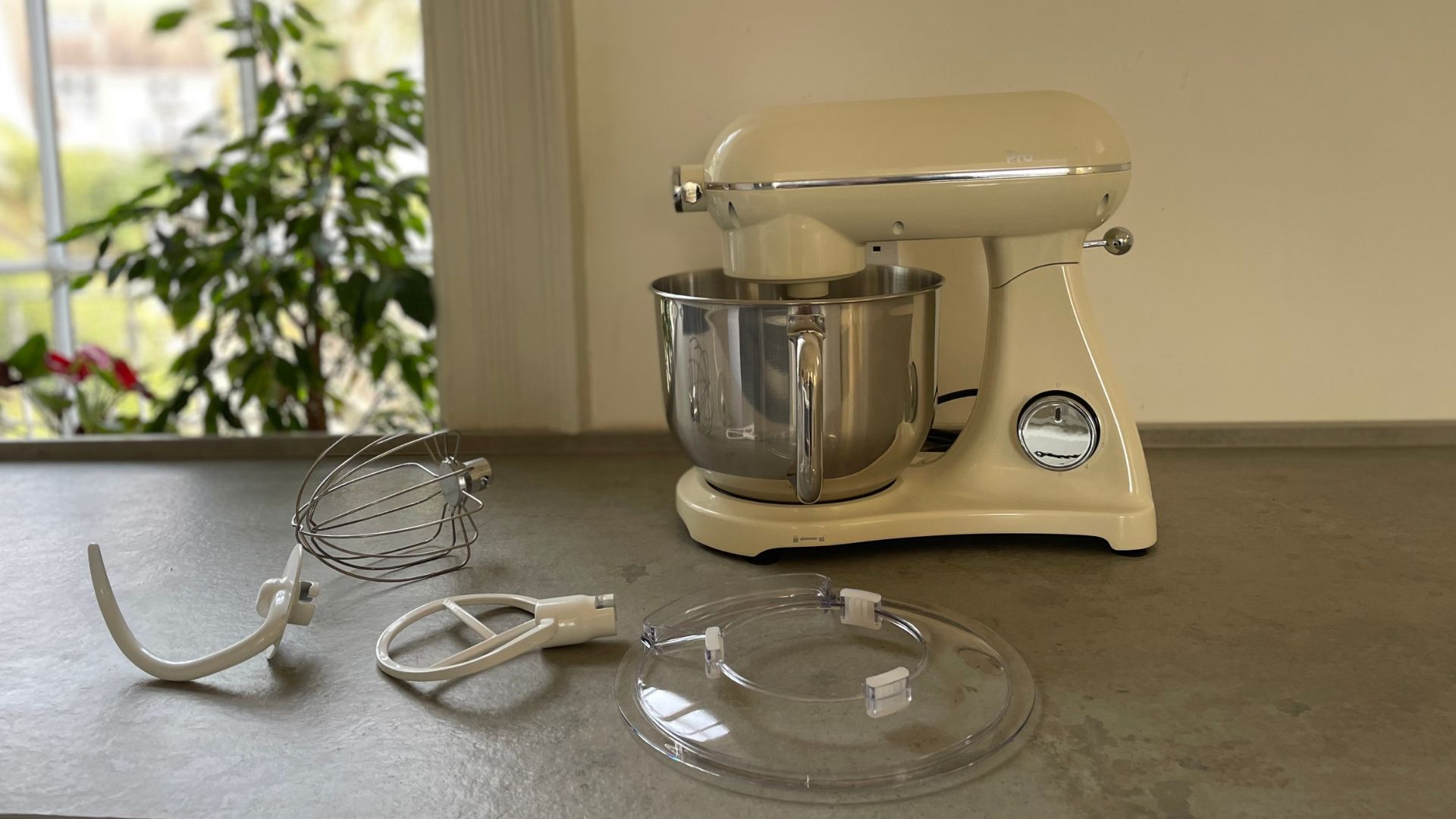
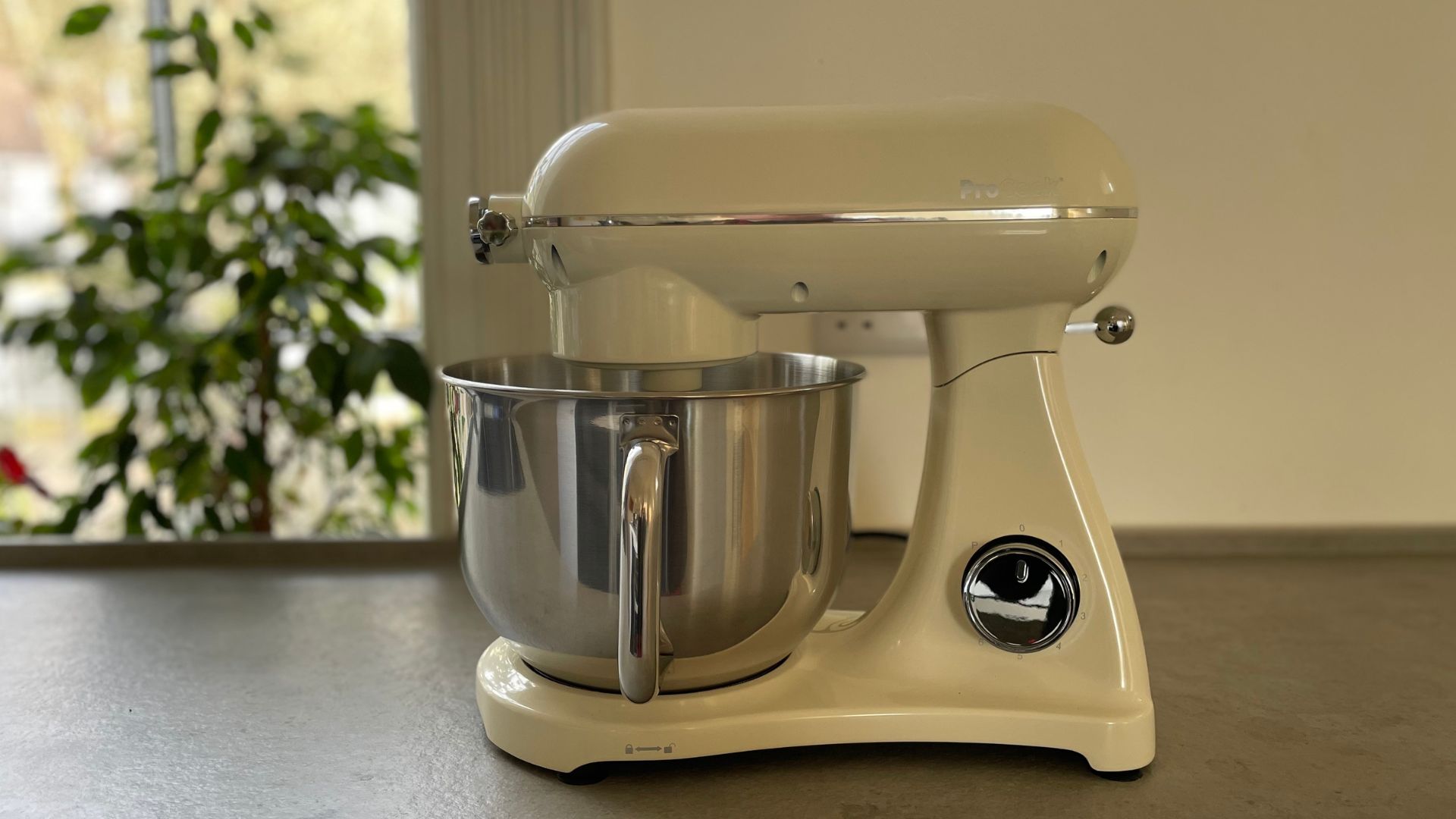
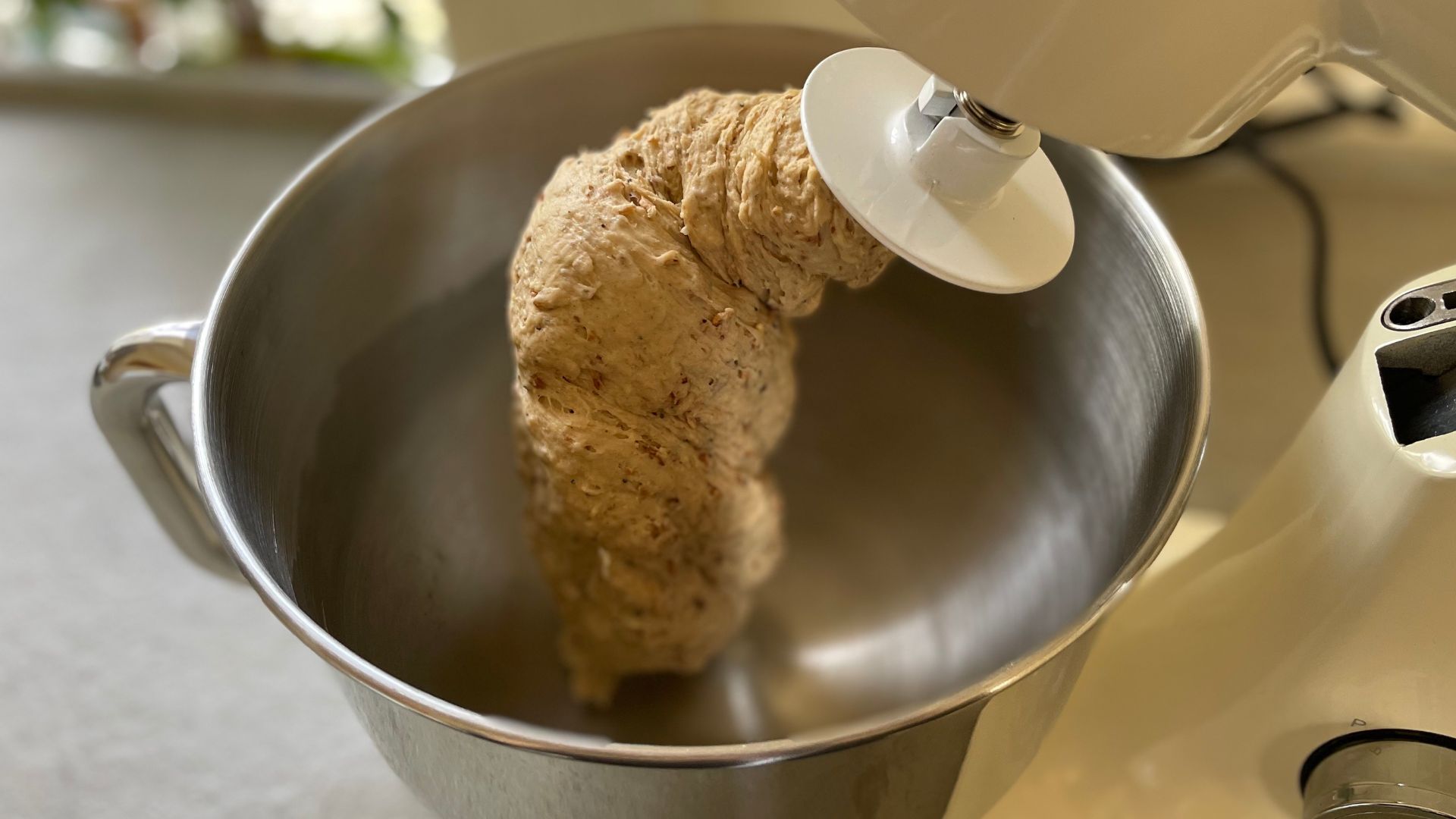
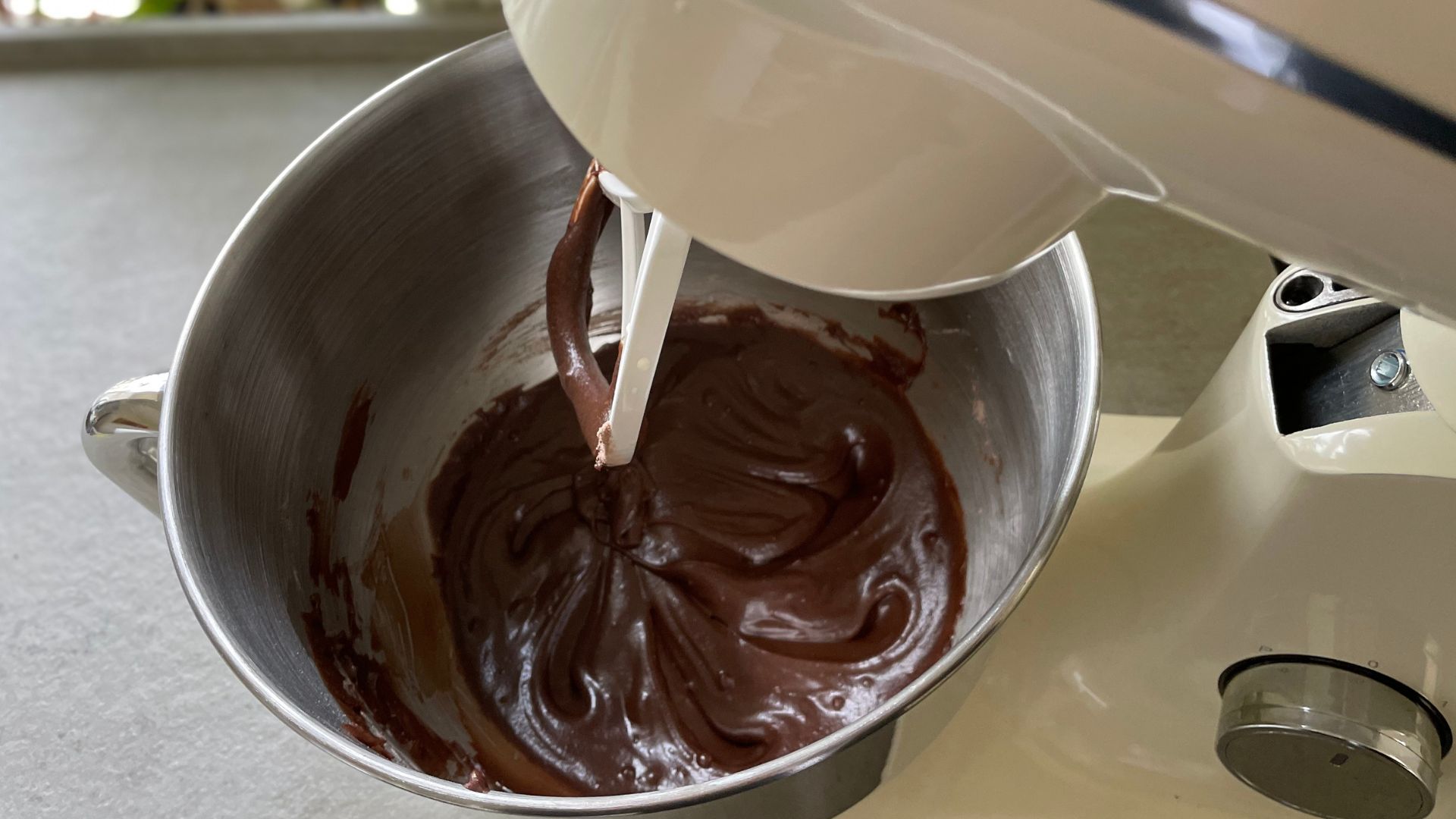
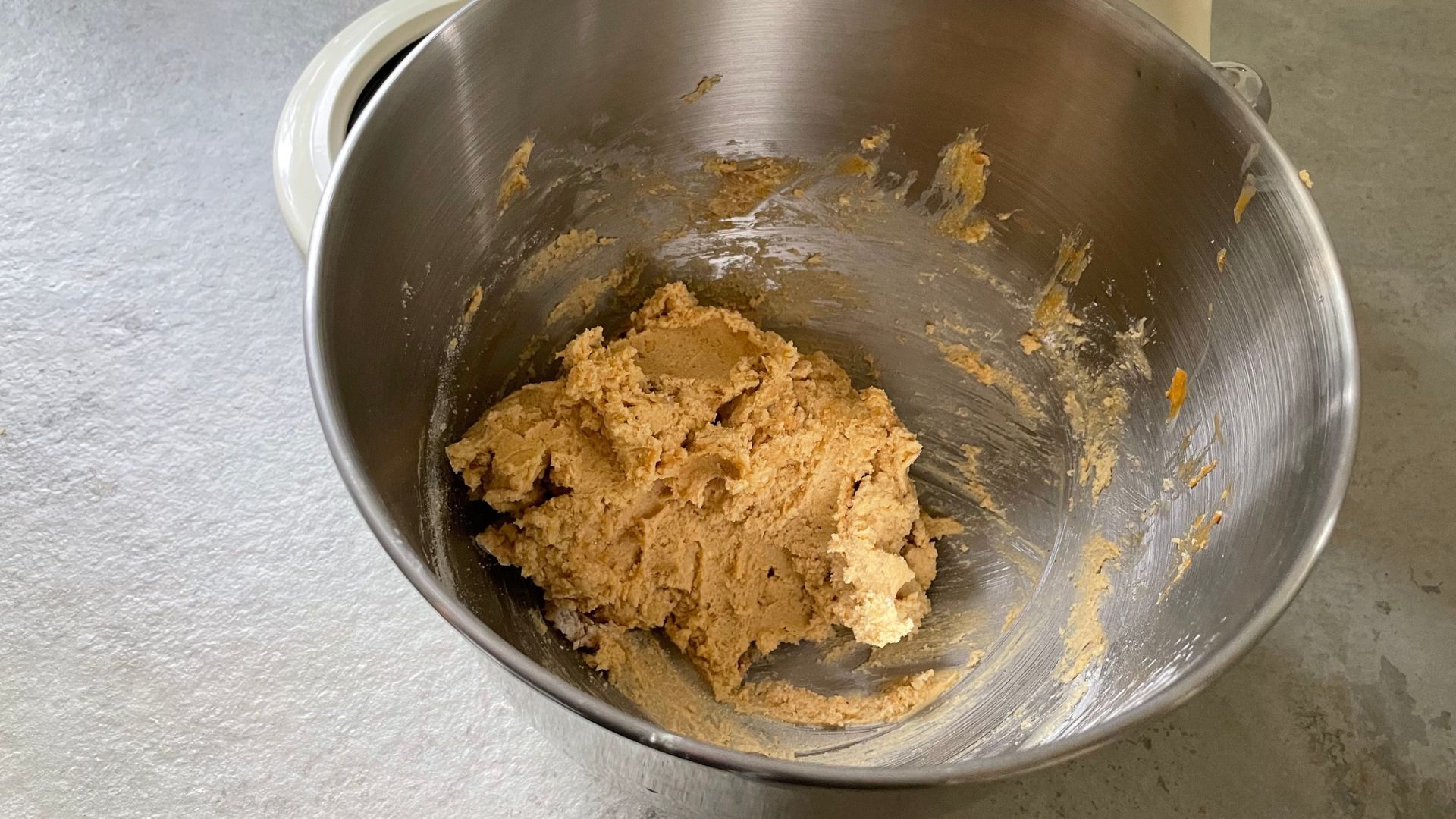
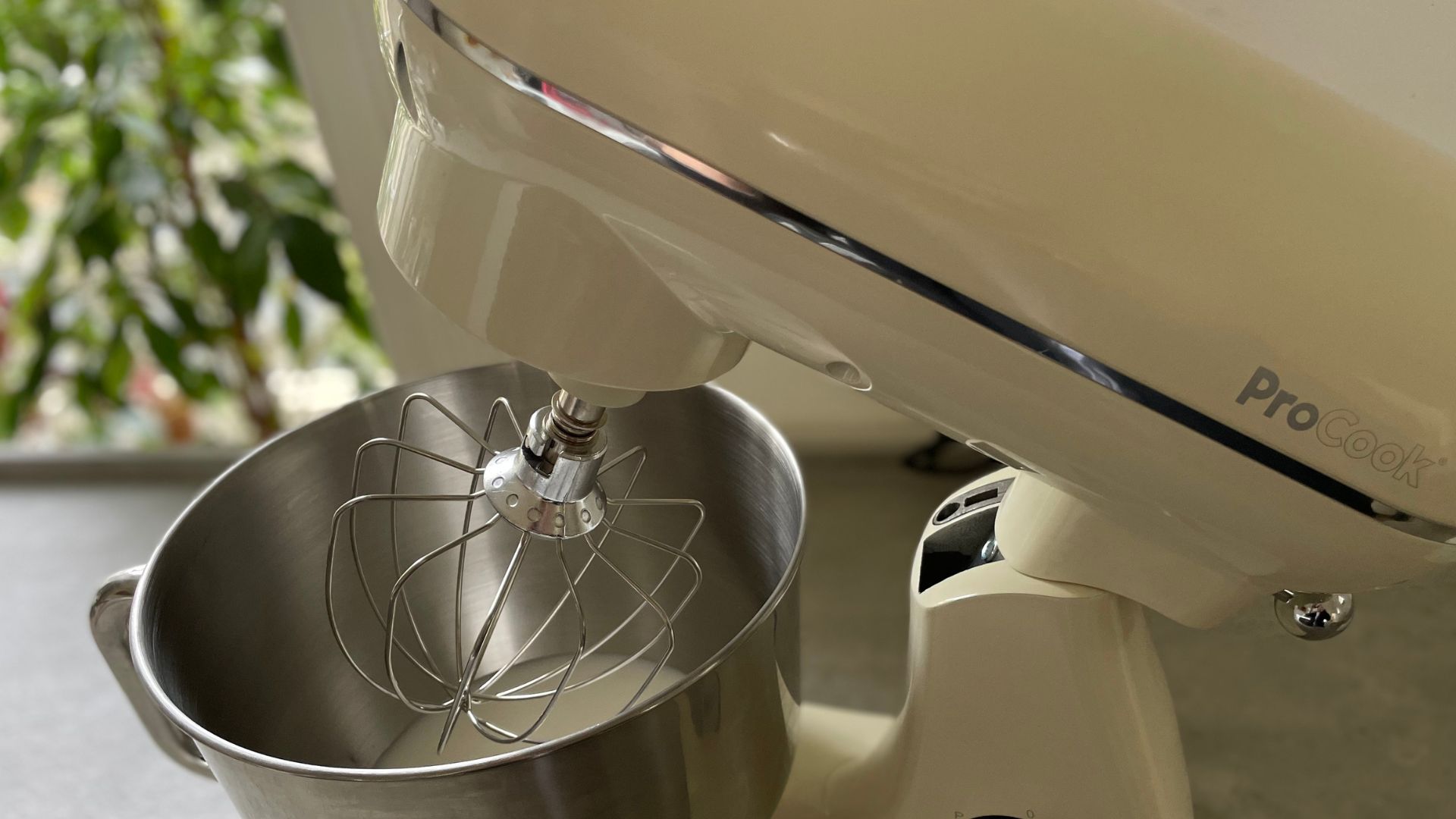
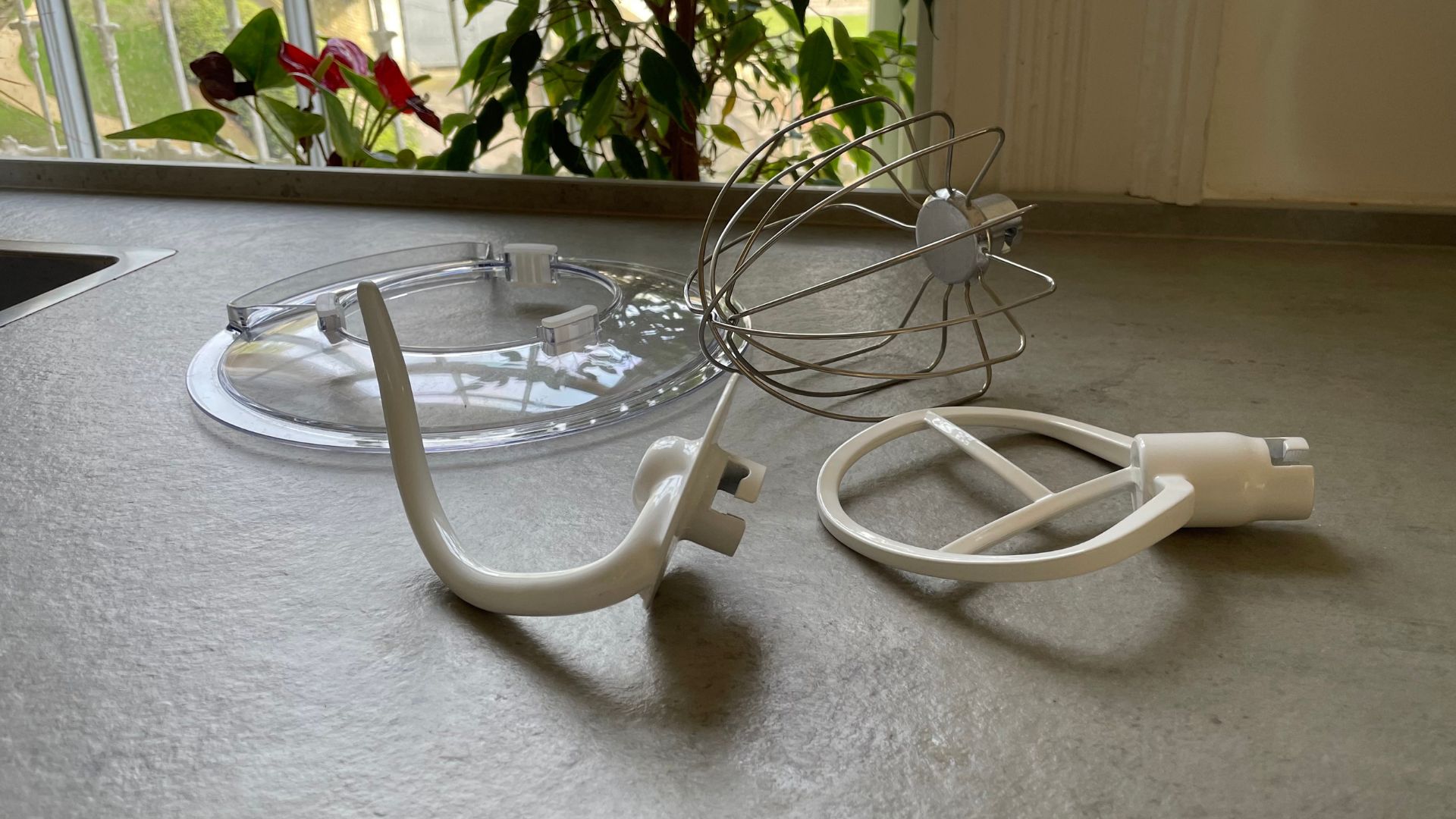
Specifications
Reasons to buy
Reasons to avoid
After testing stand mixers five times the price of the ProCook, I wasn’t sure how this budget-friendly model would hold up. But as you can tell from its spot in this buying guide — it completely exceeded expectations.
What I love
The ProCook boasts style and substance. The curved edges and chic colourways promise to look good in any kitchen and the intuitive design is a breeze to use. Some of the most common compromises that come with cheaper mixers, like countertop wobbling, have been neatly solved with grippy feet.
The splash guard (a feature usually found on premium models) attaches securely with rubber grips, keeping your kitchen mess-free. And here’s the real game-changer: KitchenAid’s accessories are compatible with the ProCook. You can enjoy the luxury extras without needing to buy an expensive base.
Good to know
Performance-wise, the ProCook own, kneading elastic bread dough, silky cake batter, and glossy, stiff meringue. The only small compromise I had to make was keeping a spatula on standby. The attachments don’t quite reach every part of the bowl, meaning some ingredients—especially flour—can sit untouched when using the beater. It’s not an issue for the dough hook or whisk, but with cake mixes, you’ll need to do a little manual scraping.
You can find out more in my full ProCook Stand Mixer review.
Best stand mixer for small homes
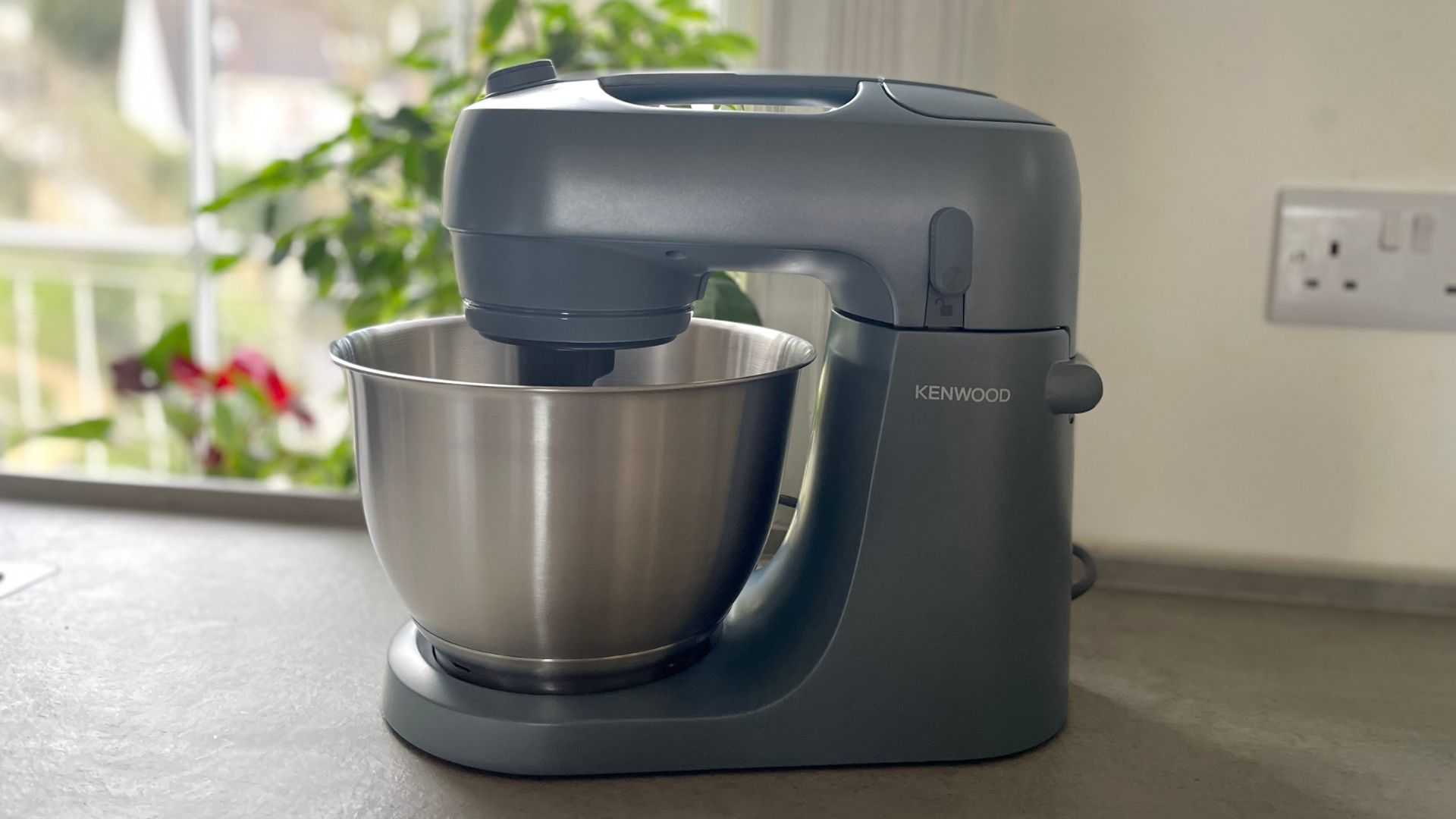
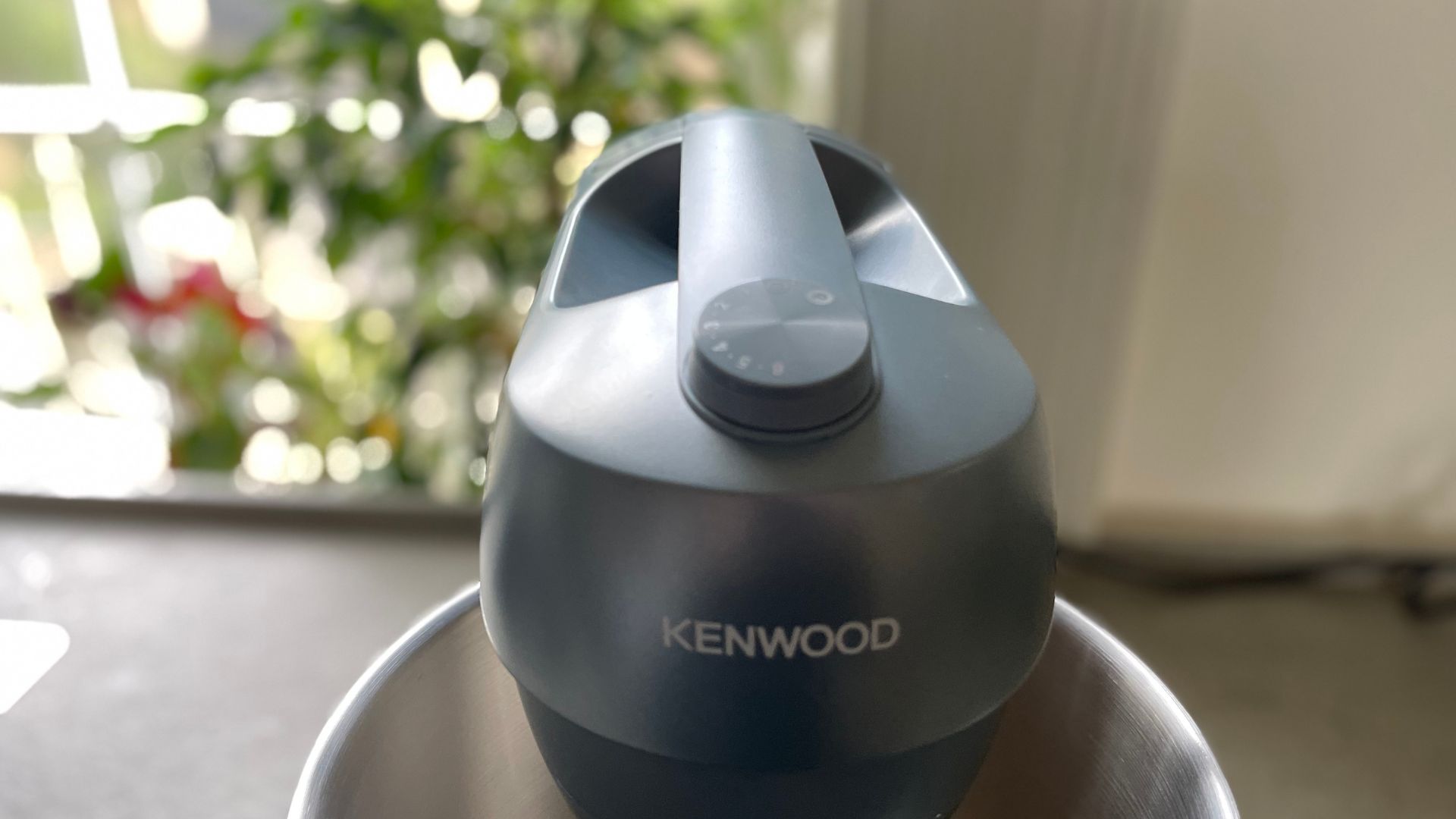
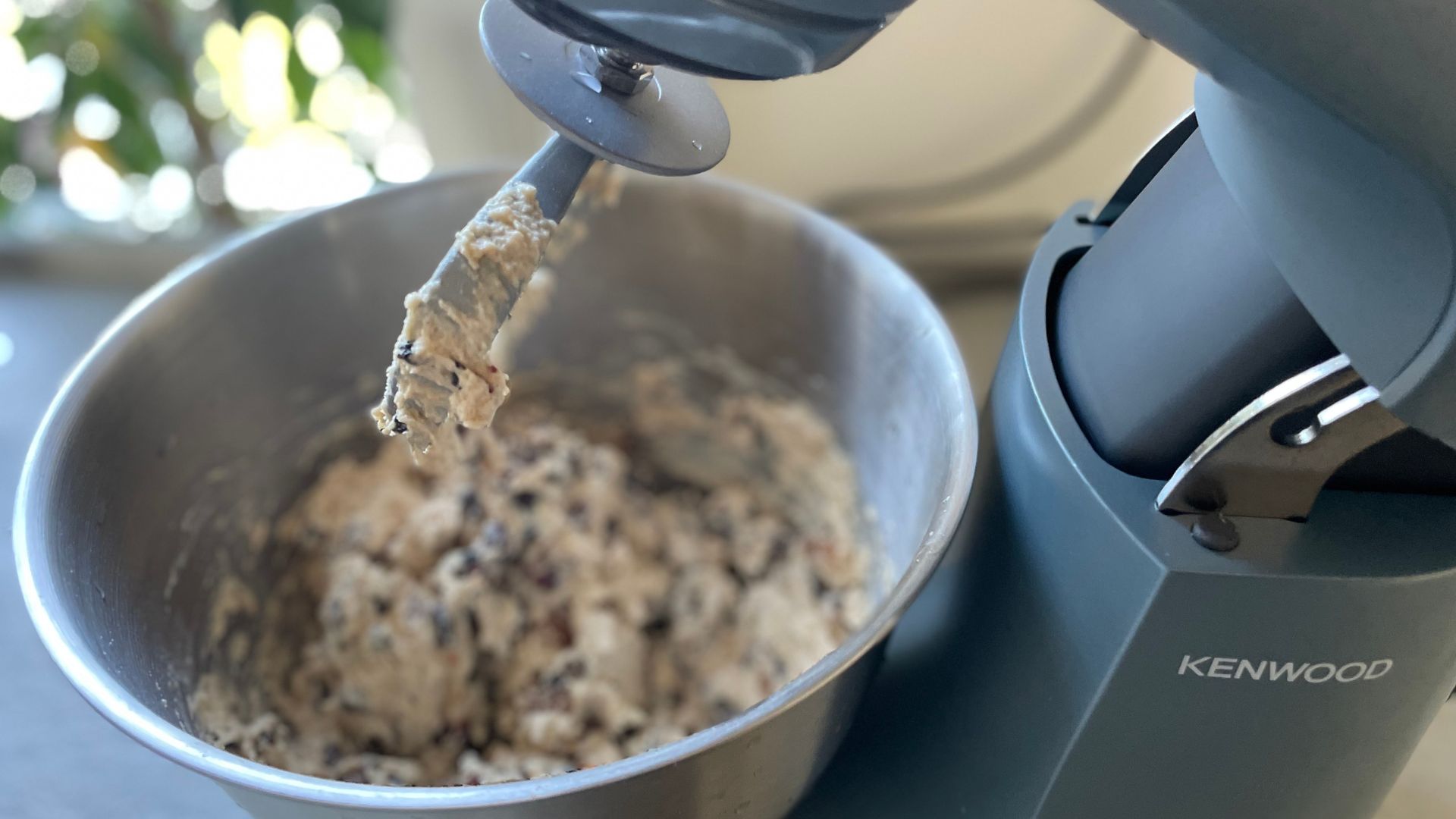
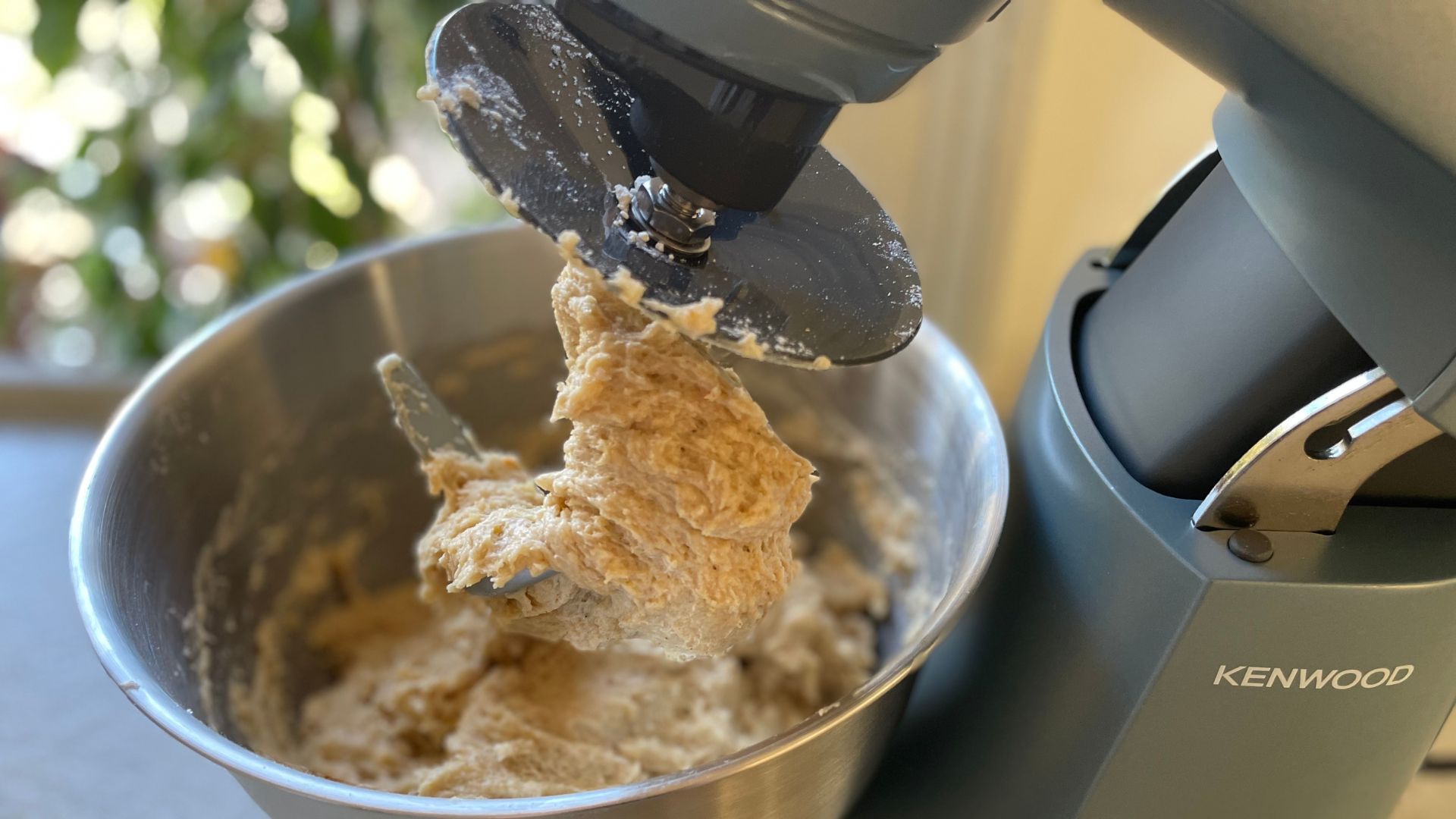
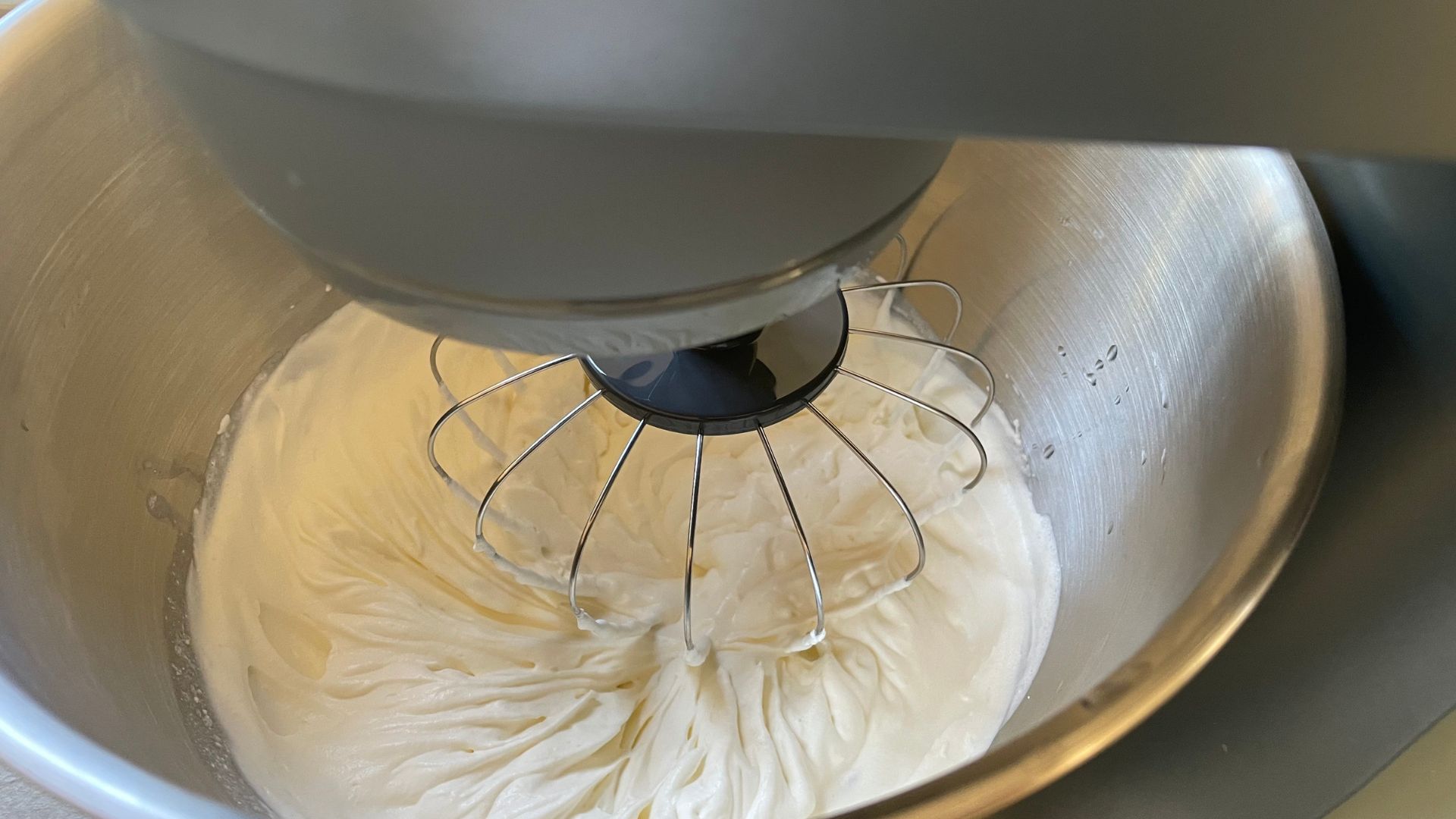
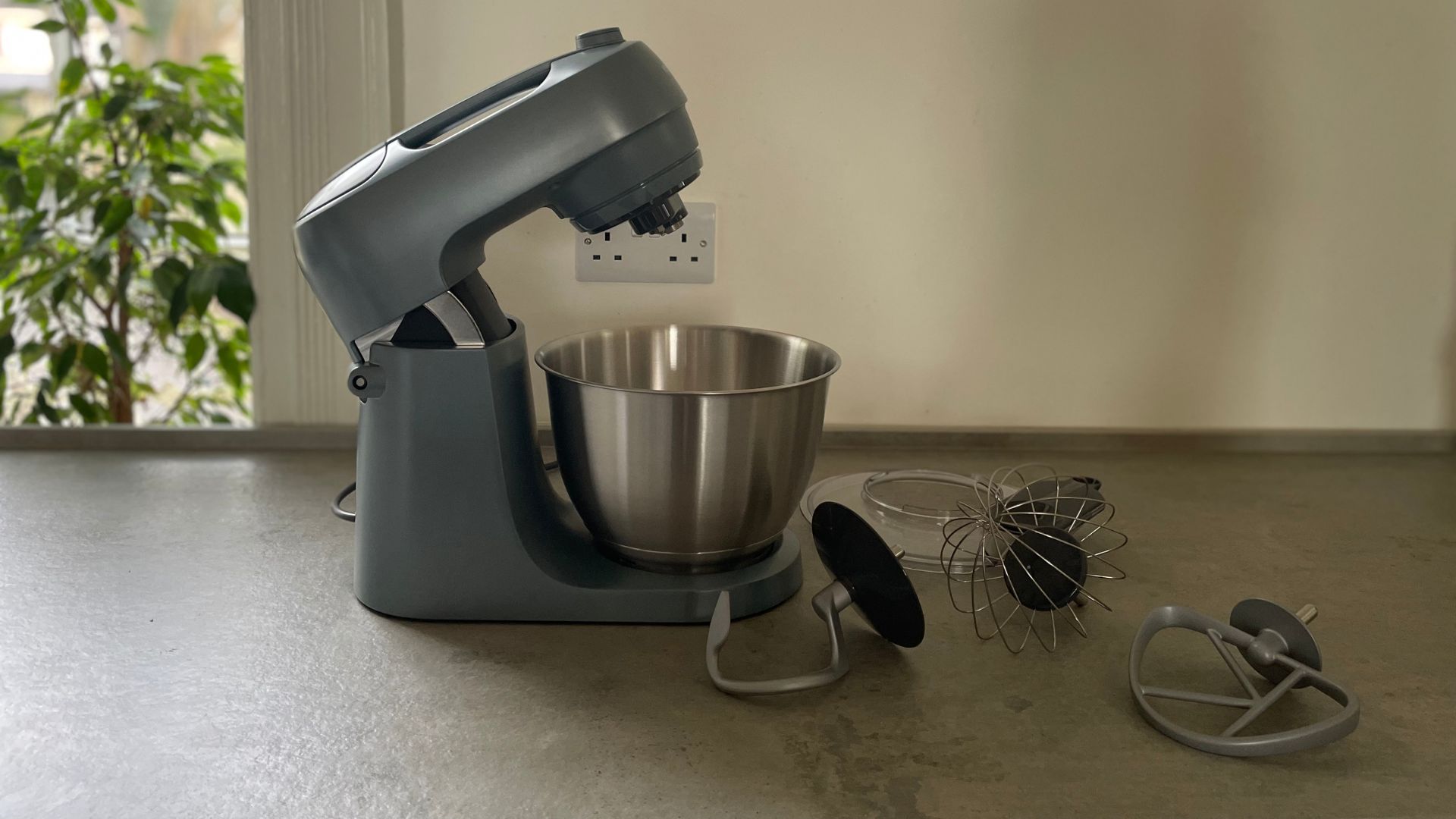
Specifications
Reasons to buy
Reasons to avoid
There's been a gap, nay chasm, in the world of compact stand mixers since KitchenAid discontinued their Artisan Mini. Even if that was still in production, I think the Kenwood GO would have whizzed, mixed, and kneaded it off the table.
What I love
At just 30cm tall, this miniature marvel is designed for small kitchens and first-time bakers. It’s affordable, lightweight, and the handle on top makes it easy to move and store — though honestly, it’s cute enough to survive any countertop clutter cull.
What’s really impressive is how much power is packed into this small frame. It actually outperforms the KitchenAid Artisan in wattage, and despite the smaller bowl (just 0.8L less), the difference is minimal. In baking terms, that’s about 4-5 fewer cupcakes—not a dealbreaker.
Good to know
With great power (and a small body) comes… a little bit of wobble. When kneading pizza dough, mine had a tendency to shake on the counter, so you may need to hold it steady or add some grippy feet to the base.
I also found myself reaching for my spatula mid-mix to catch stray flour at the base and sides. That’s not unusual for non-KitchenAid stand mixers — Bosch is one of the few exceptions — but it’s worth noting if you like a totally hands-off experience.
Read more in my full Kenwood GO Stand Mixer review.
Best hybrid stand mixer
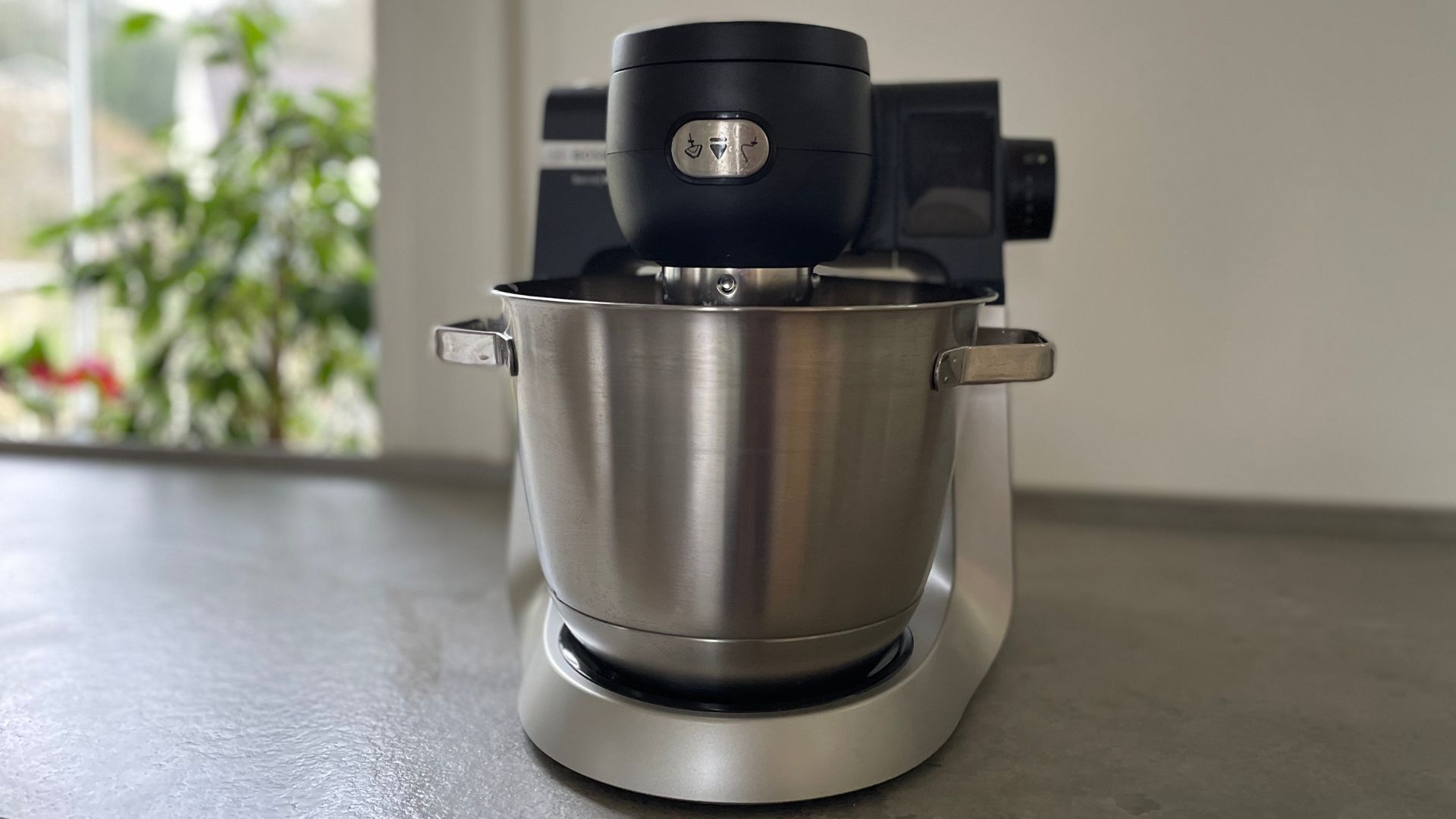
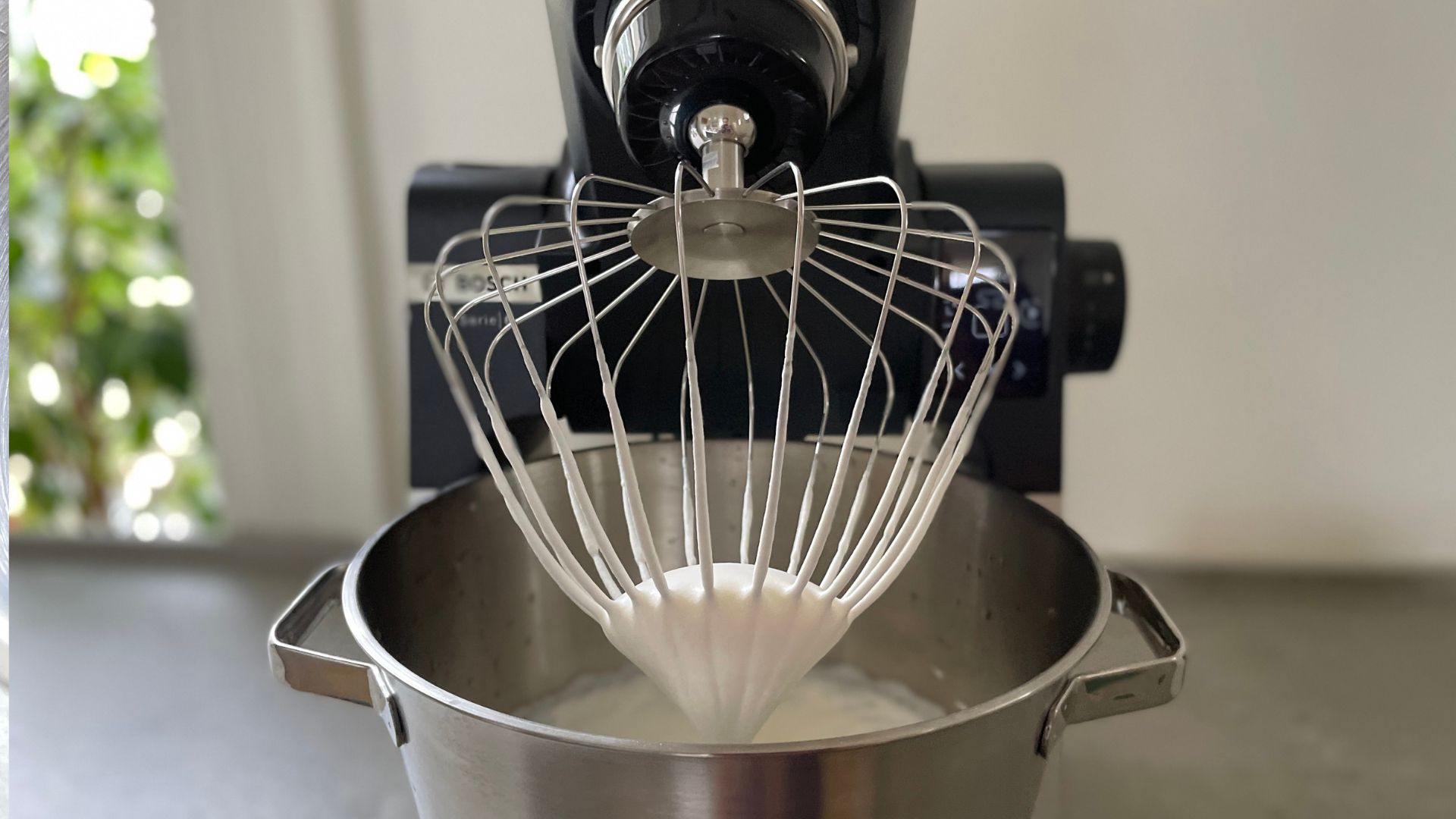
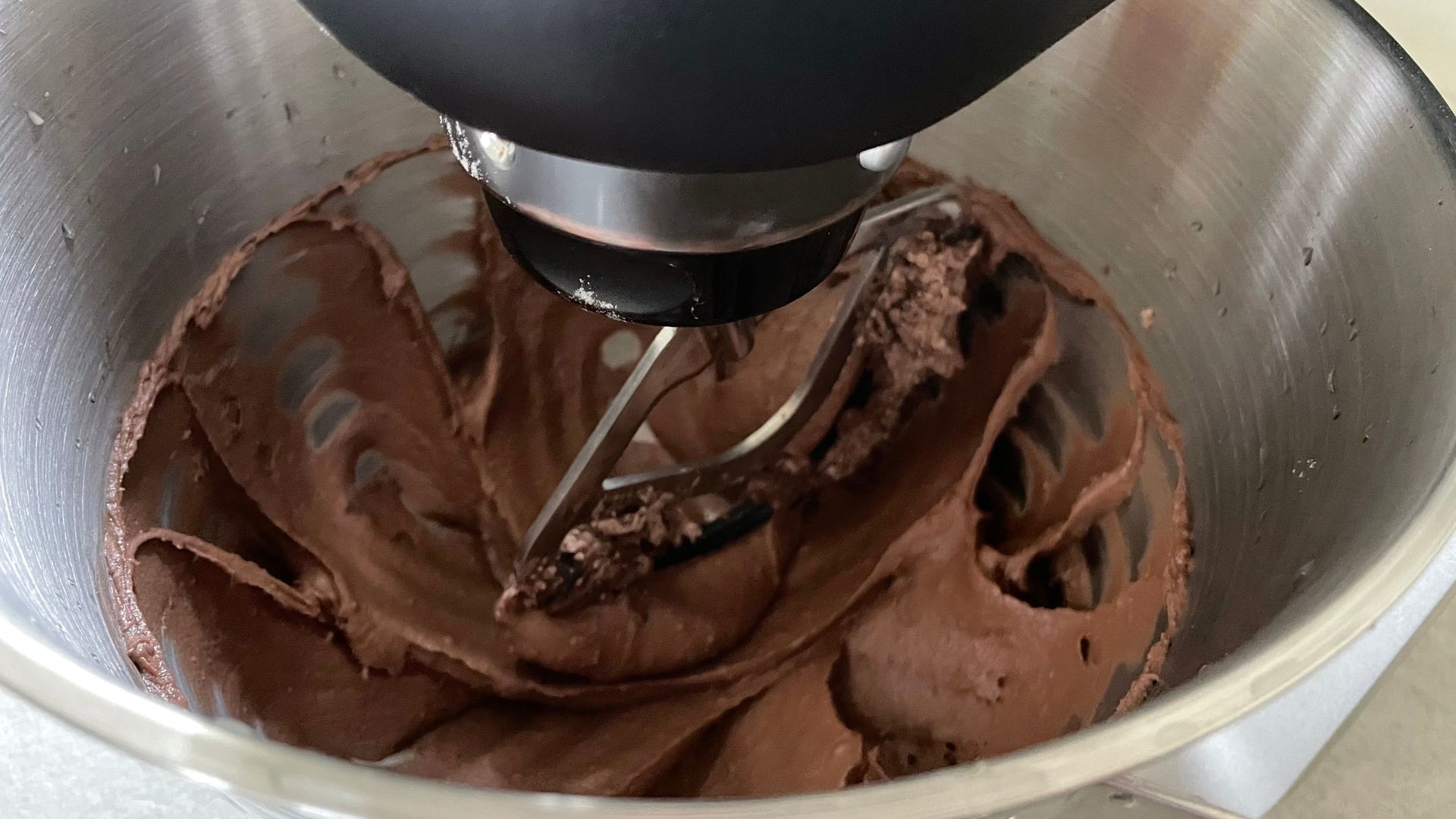
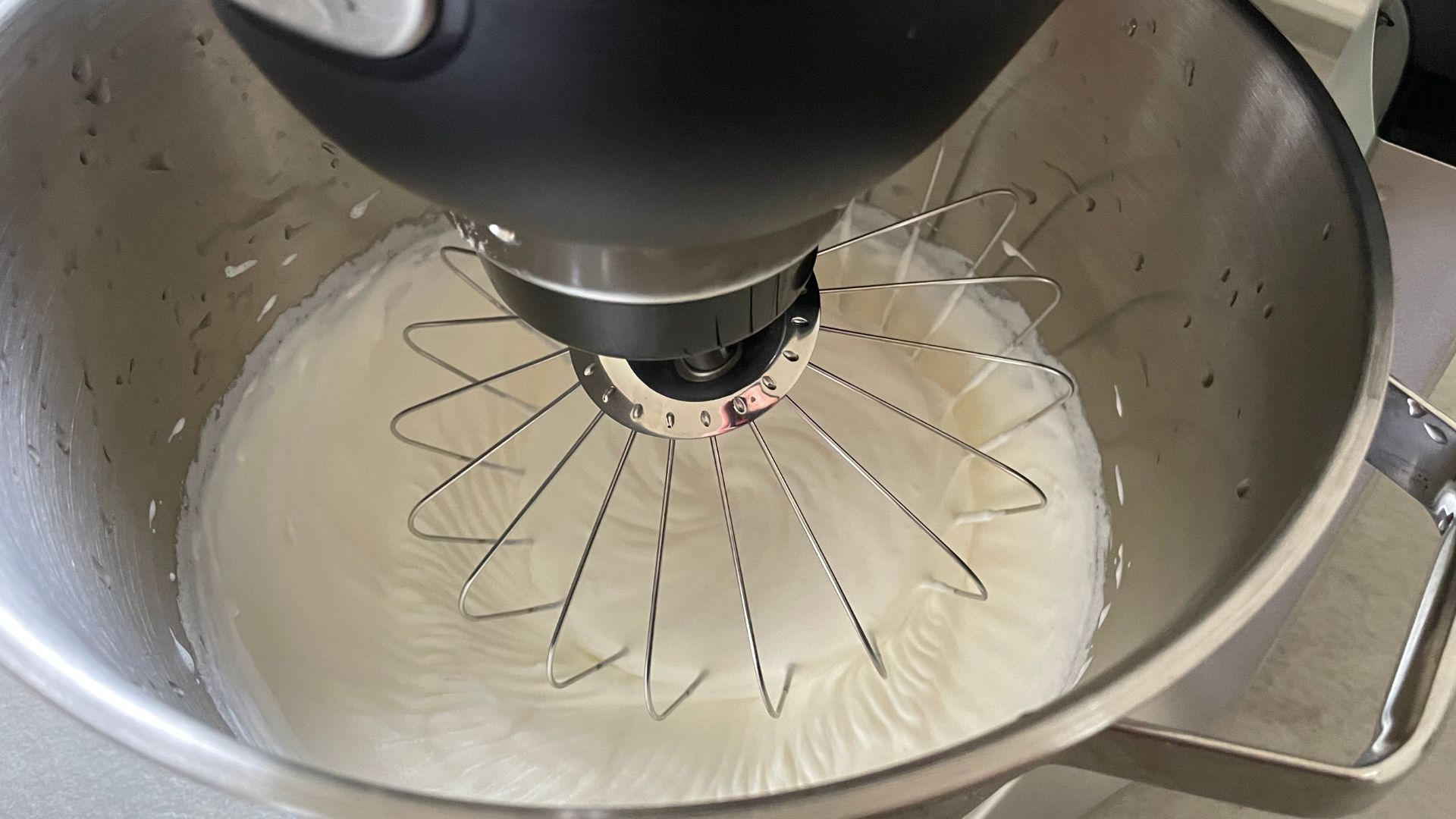
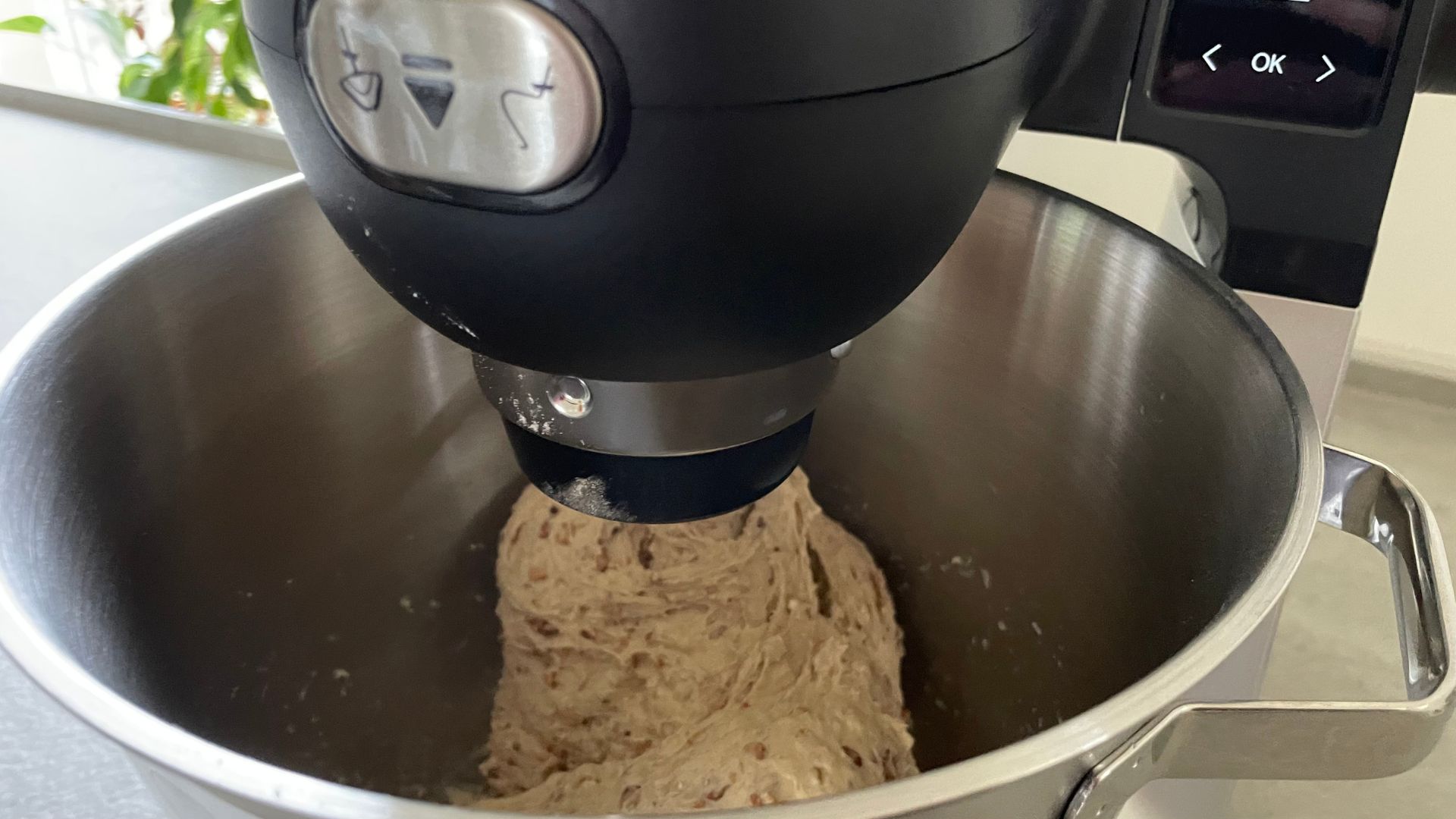
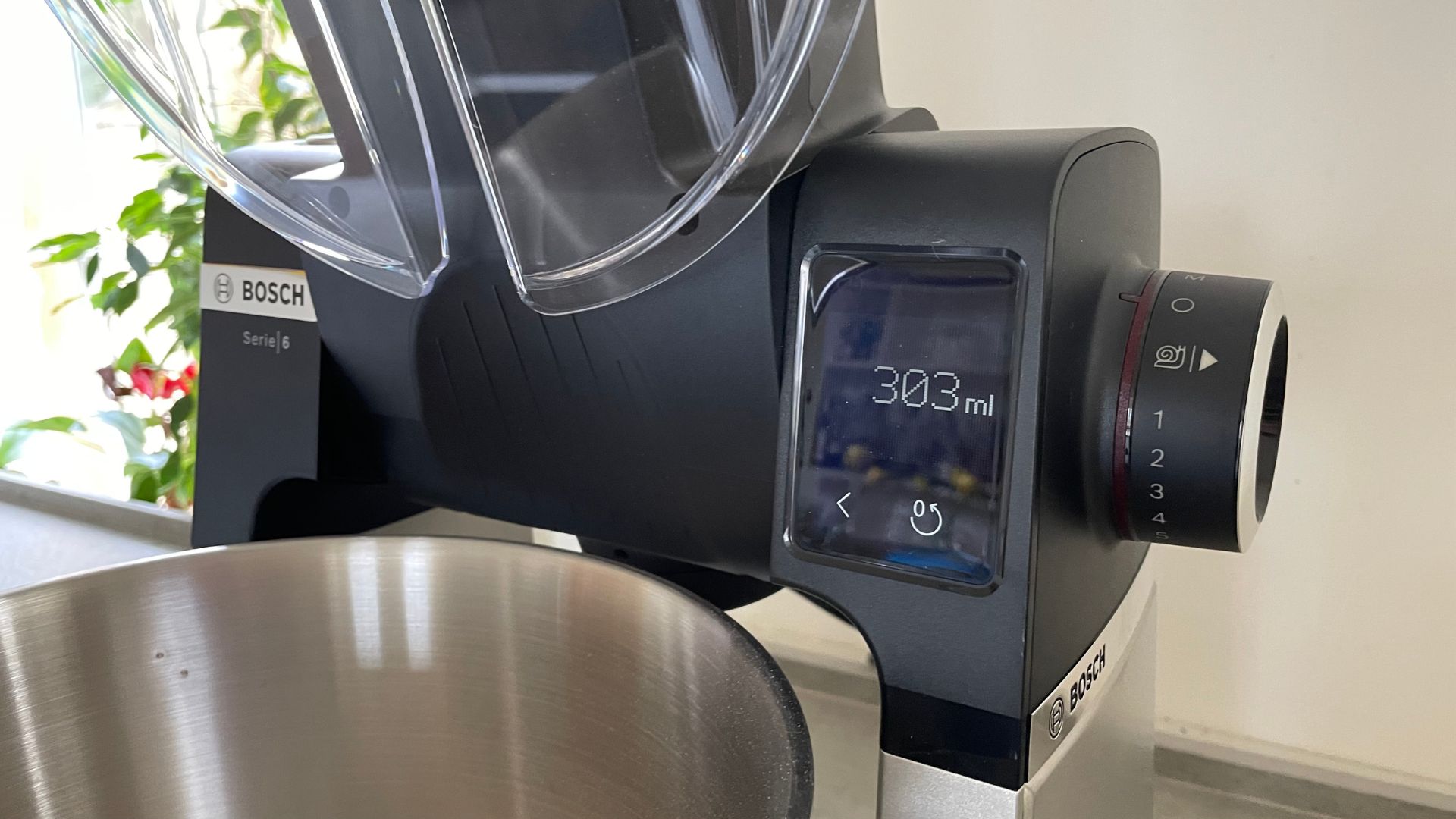
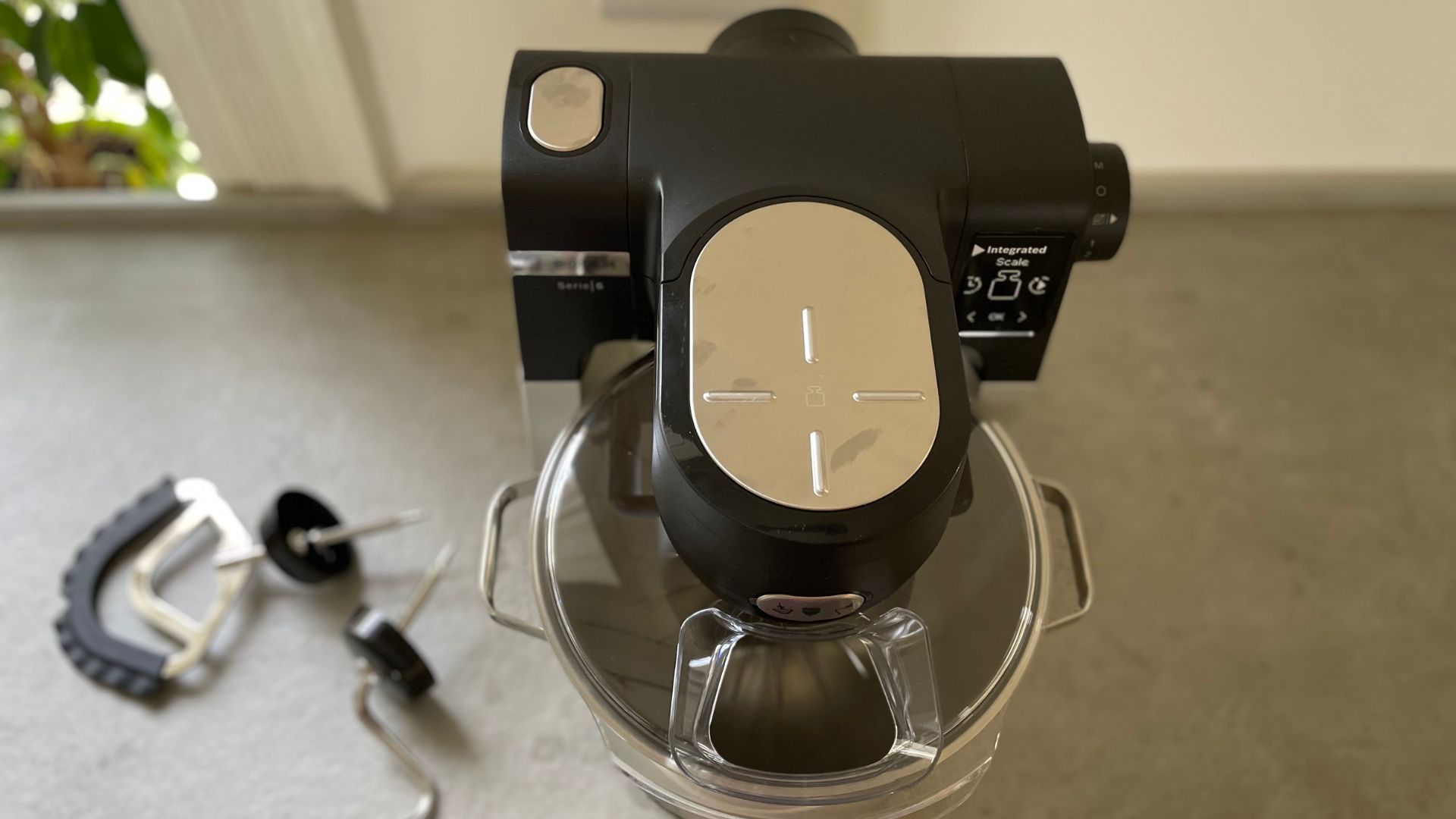
Specifications
Reasons to buy
Reasons to avoid
The Bosch Series 6 Stand Mixer also written as Serie 6) is mesmerising, especially if you like high-tech kitchen appliances. Bosch has seamlessly integrated weighing scales, a timer, and a whole host of functions — blending, ice cream making, grating, slicing, chopping, juicing — into one sleek, impressive machine.
What I love
You'll often hear these multitasking stand mixers called ‘hybrid’ models, but compared to the Bosch, most others feel a little… basic. Take the built-in scales, for example. Most just switch between metric and imperial, but the Bosch goes a step further, letting you specify whether you're measuring oil, water, milk, or juice for extra precision.
Performance-wise, it’s just as impressive. The attachments reach every part of the bowl, meaning no scraping is required. I made flawless cake batter, perfectly kneaded bread dough, and whipped up cream in double-quick time. Everything about it felt intuitive and slick.
Good to know
The only reason this isn't taking top spot alongside the KitchenAid is because the Bosch leans on the techy and complex side of stand mixers. While I’d happily hand a KitchenAid to a total beginner, the Bosch’s touchscreen and controls could feel a little overwhelming. And if that screen ever breaks, unfortunately, you’re stuck.
You can find out more in my full Bosch Series 6 Stand Mixer review.
Best stand mixer for serious bakers
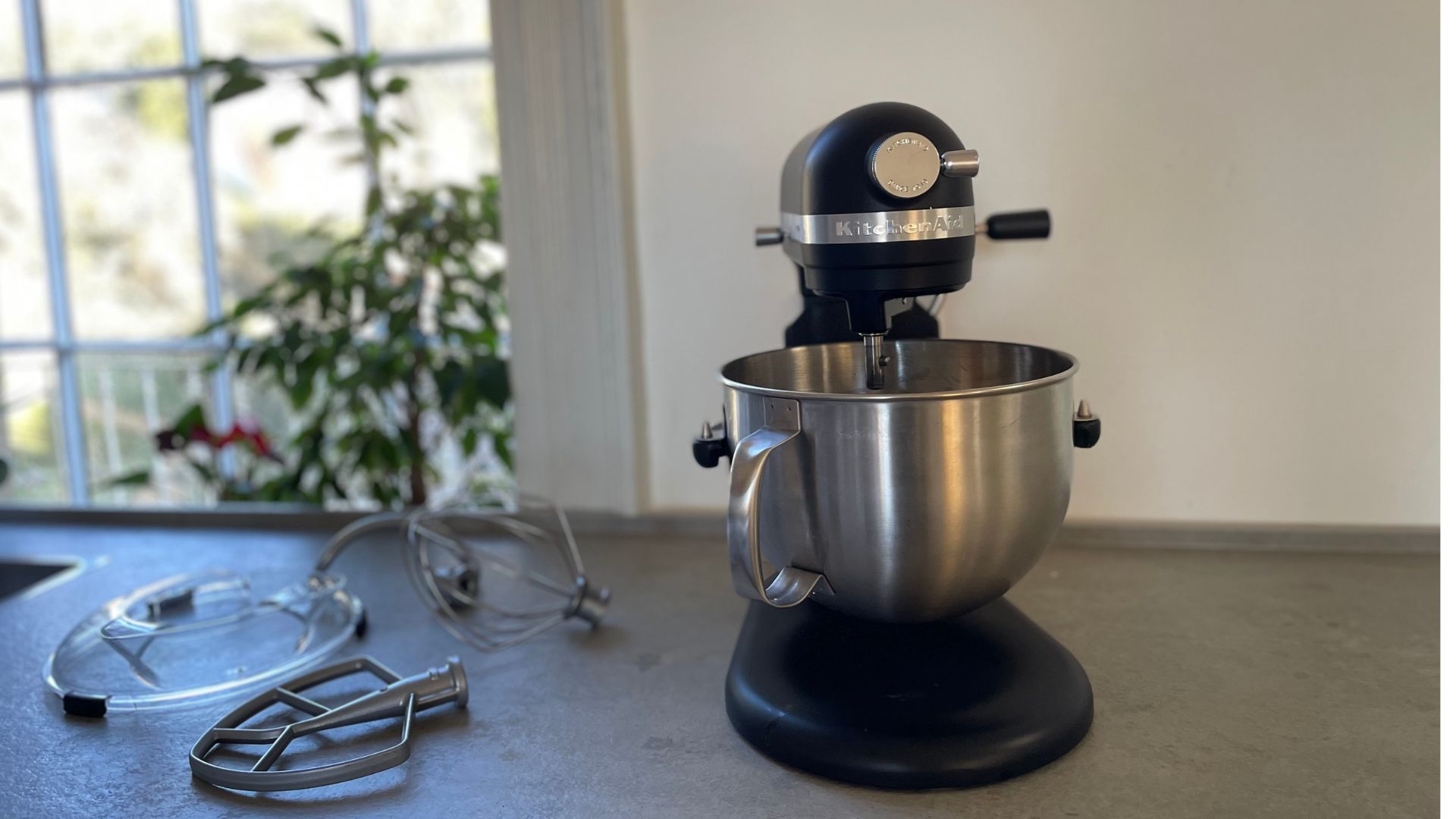
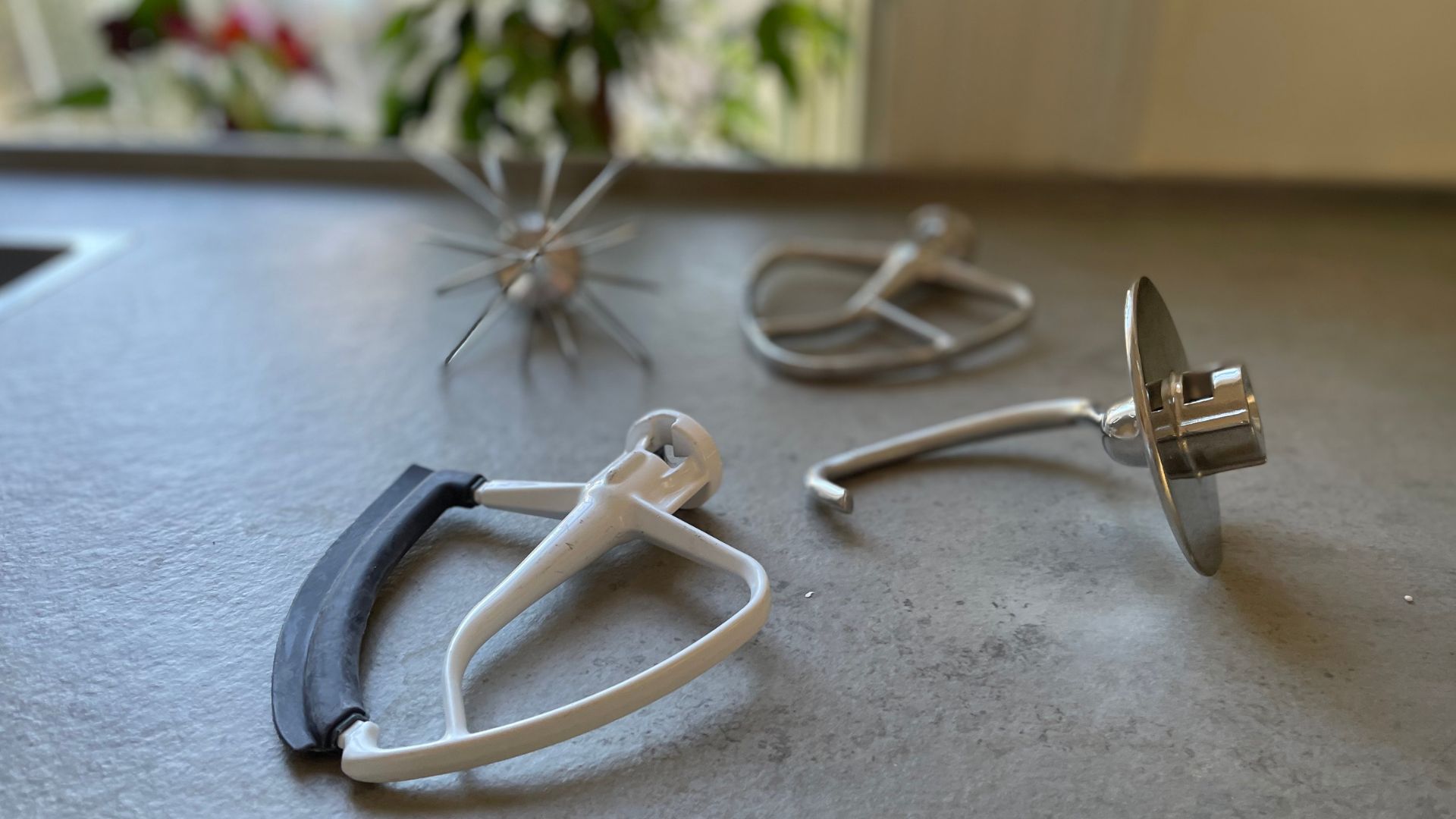
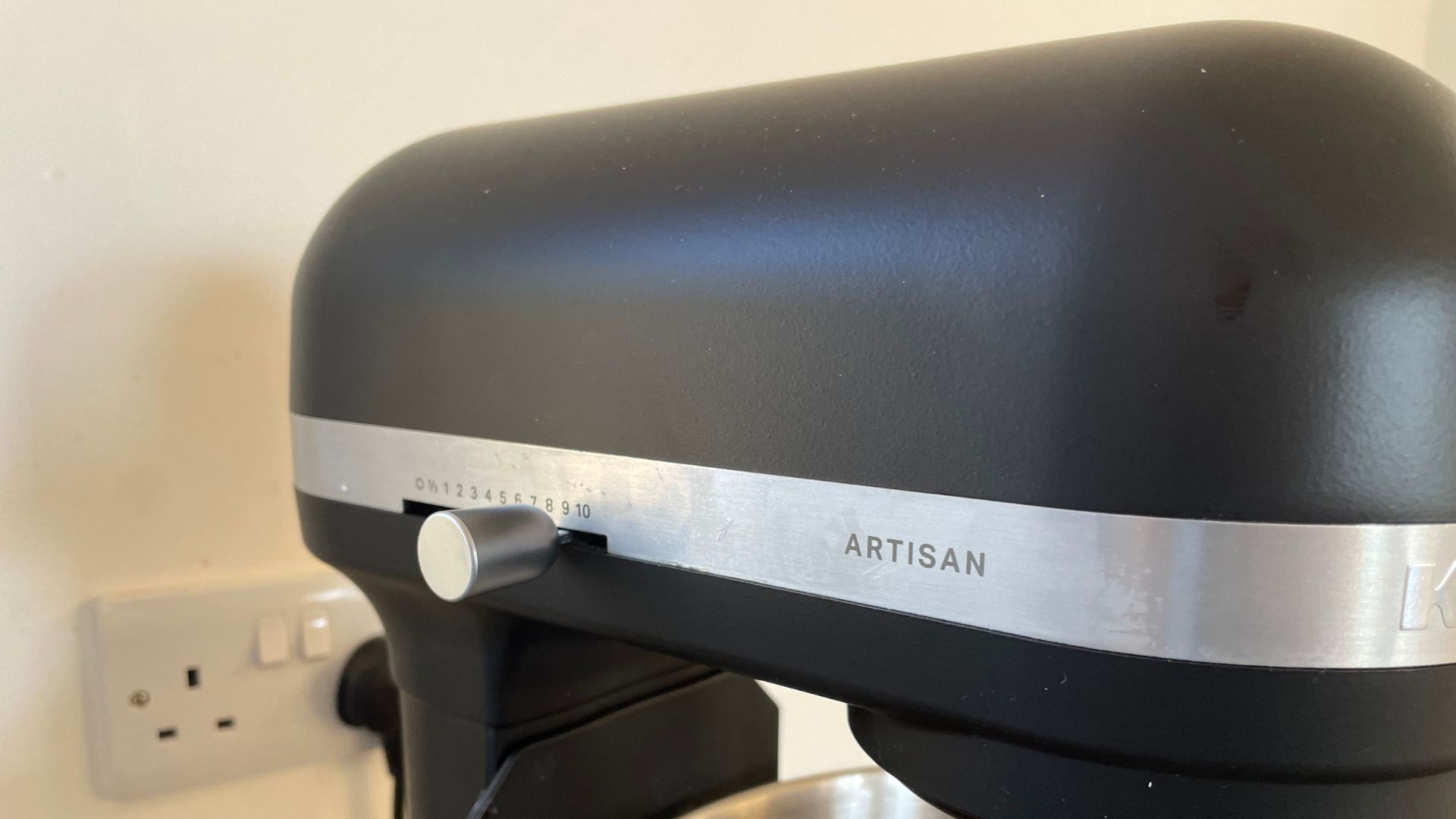
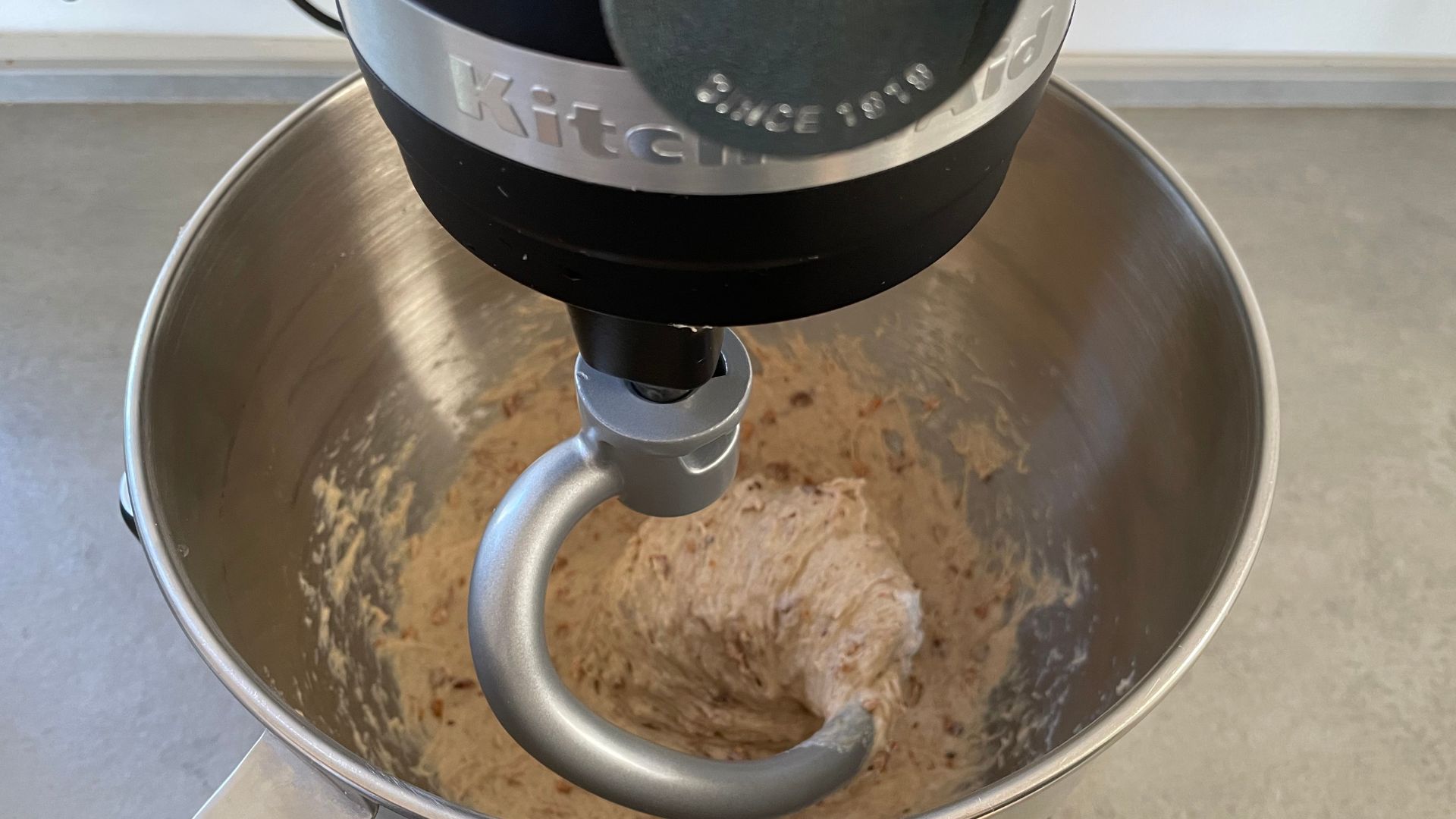
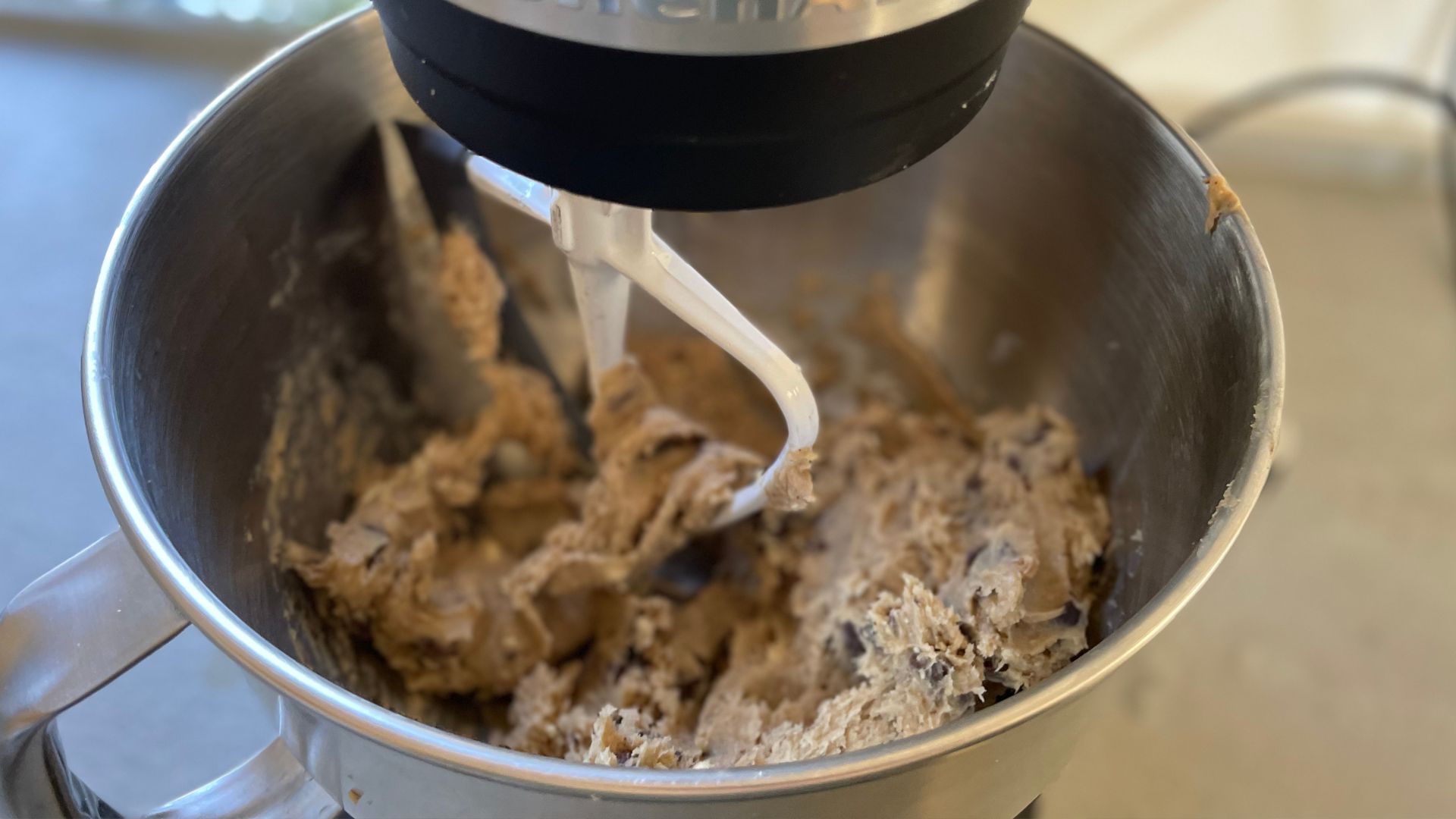
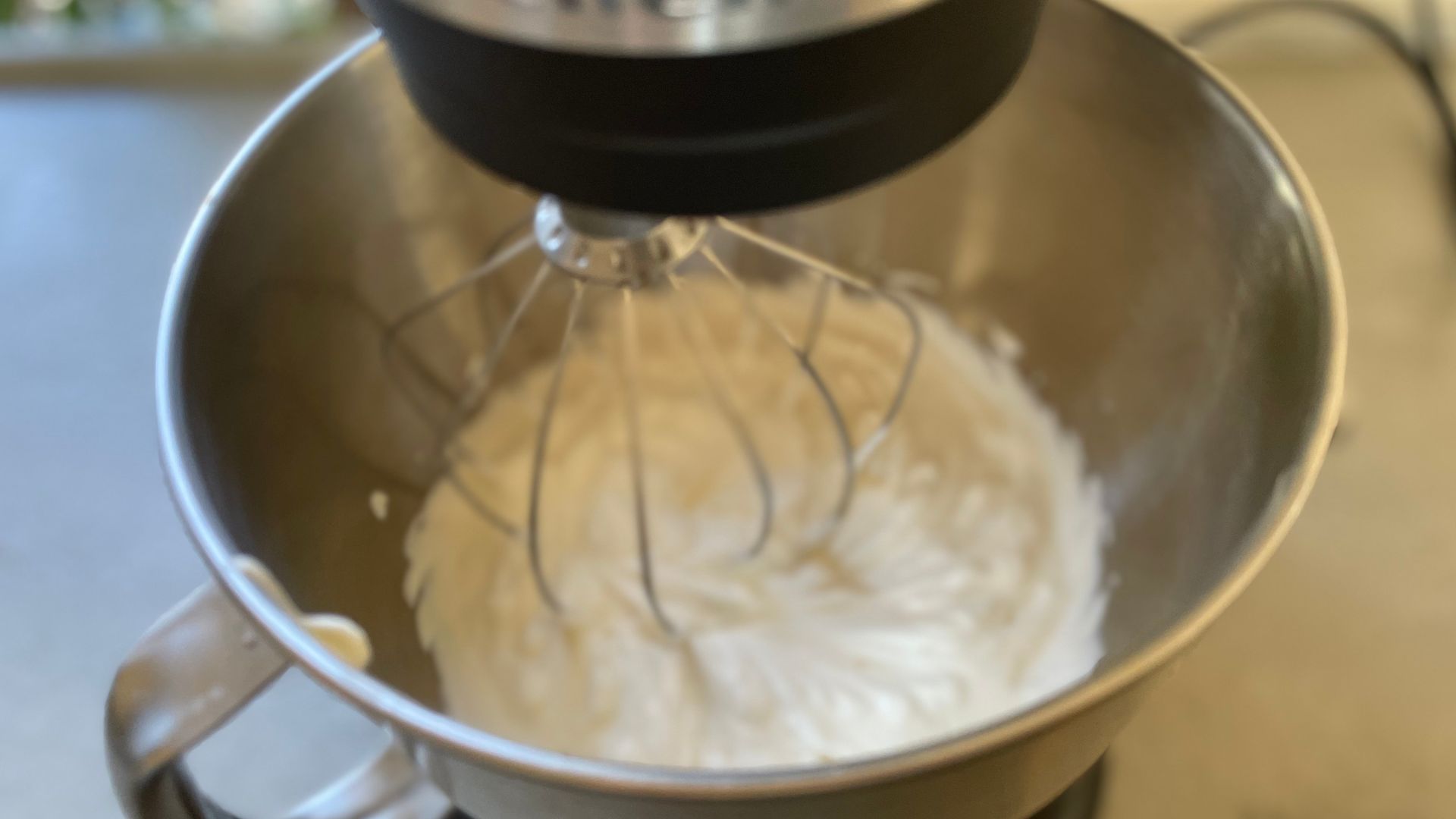
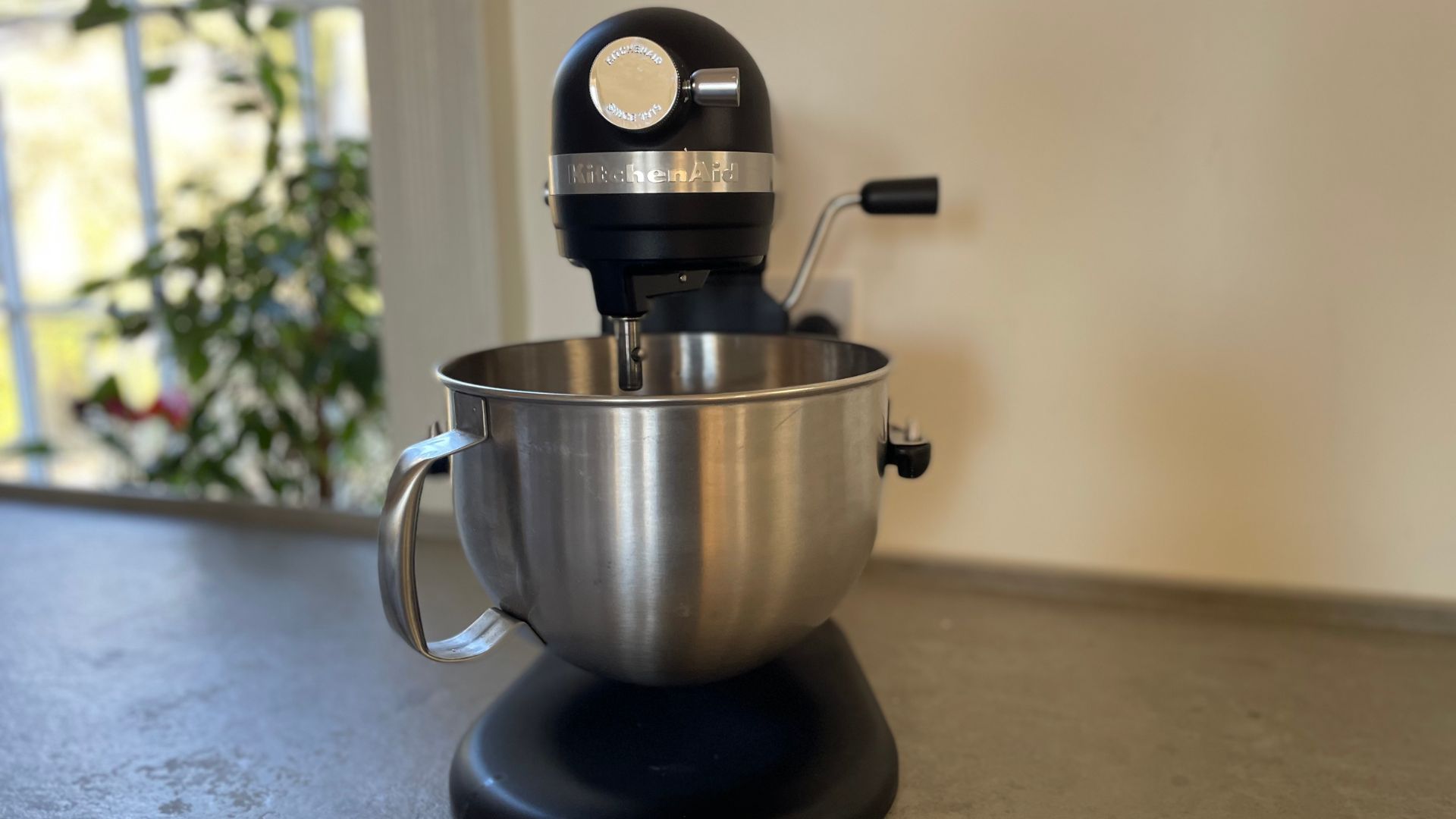
Specifications
Reasons to buy
Reasons to avoid
While testing the best stand mixers, I kept getting one question: “Which stand mixers do professional bakers use?” So, I asked around — and one answer came up again and again.
What I love
My good friend and professional artisan baker, Melissa Jackson, put it simply: “We bakers all buy the KitchenAid Artisan Pro. You don’t get a motor as robust as a KitchenAid’s, with a sturdy body and large capacity too. I’ve burnt out more than my fair share of stand mixers, and KitchenAids are the only ones that have stood the test of time for me.”
With Melissa’s advice in mind, I took the Artisan Pro to my kitchen for a spin (whisk, mix, and knead) it proved exactly what KitchenAid does best: balance. This is the biggest, most powerful domestic model you could buy — just teetering on the edge commercial. The ingenious half speed setting folds delicate ingredients together with a touch more gentle than most people.
Good to know
As much as I love it, the Artisan Pro might be overkill for the average home baker. The crank bowl-lift mechanism (which I’ve written about in my guide to bowl-lift vs. tilt-head stand mixers) is only essential if you work with tough doughs regularly. If you don’t need that, it’s an unnecessary adjustment.
You can find out more in my review of the KitchenAid Artisan 6.6-litre Stand Mixer (there's also a smaller 5.6-litre KitchenAid that I've reviewed too.)
Best stand mixer for bread
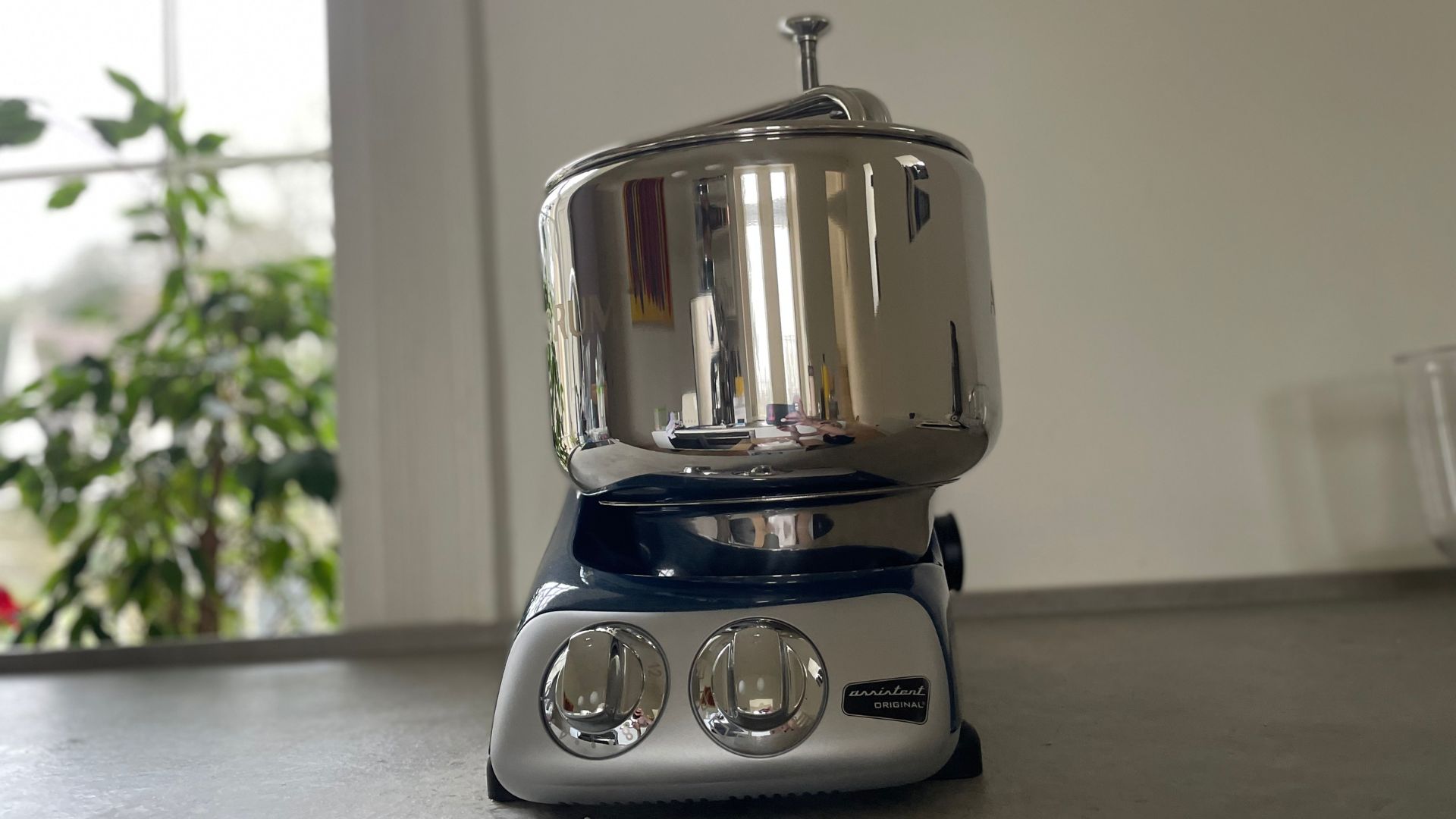
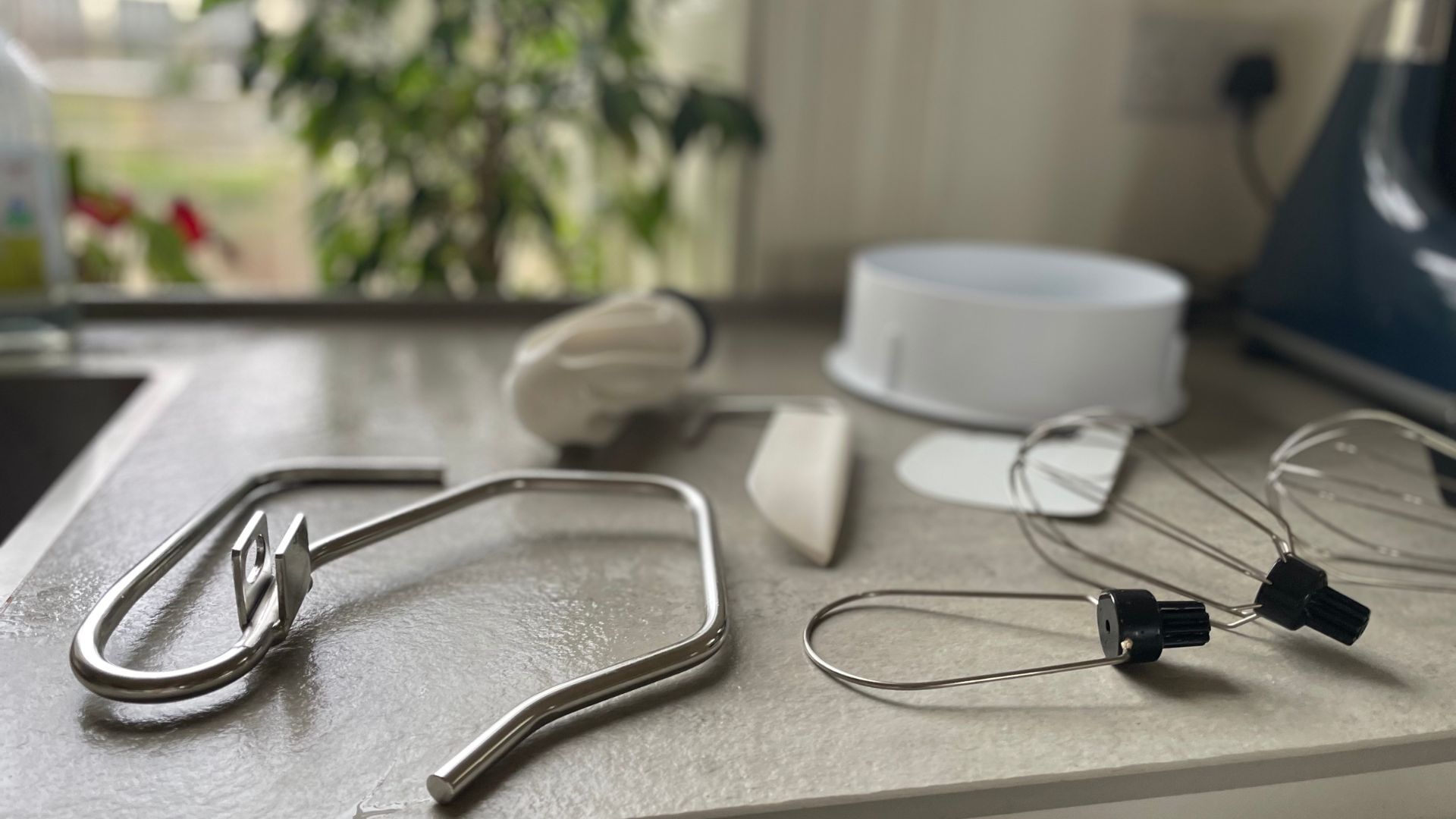
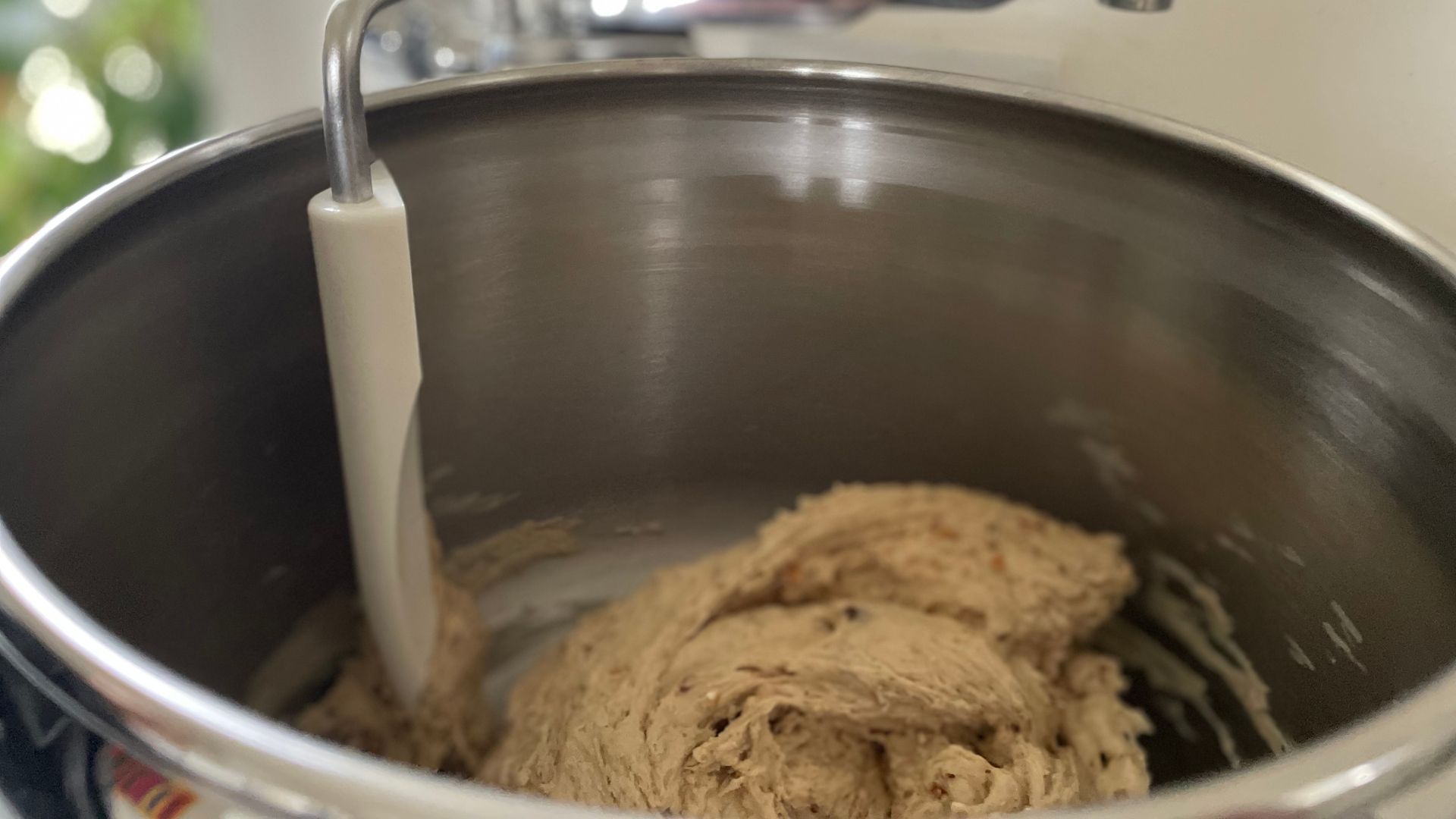
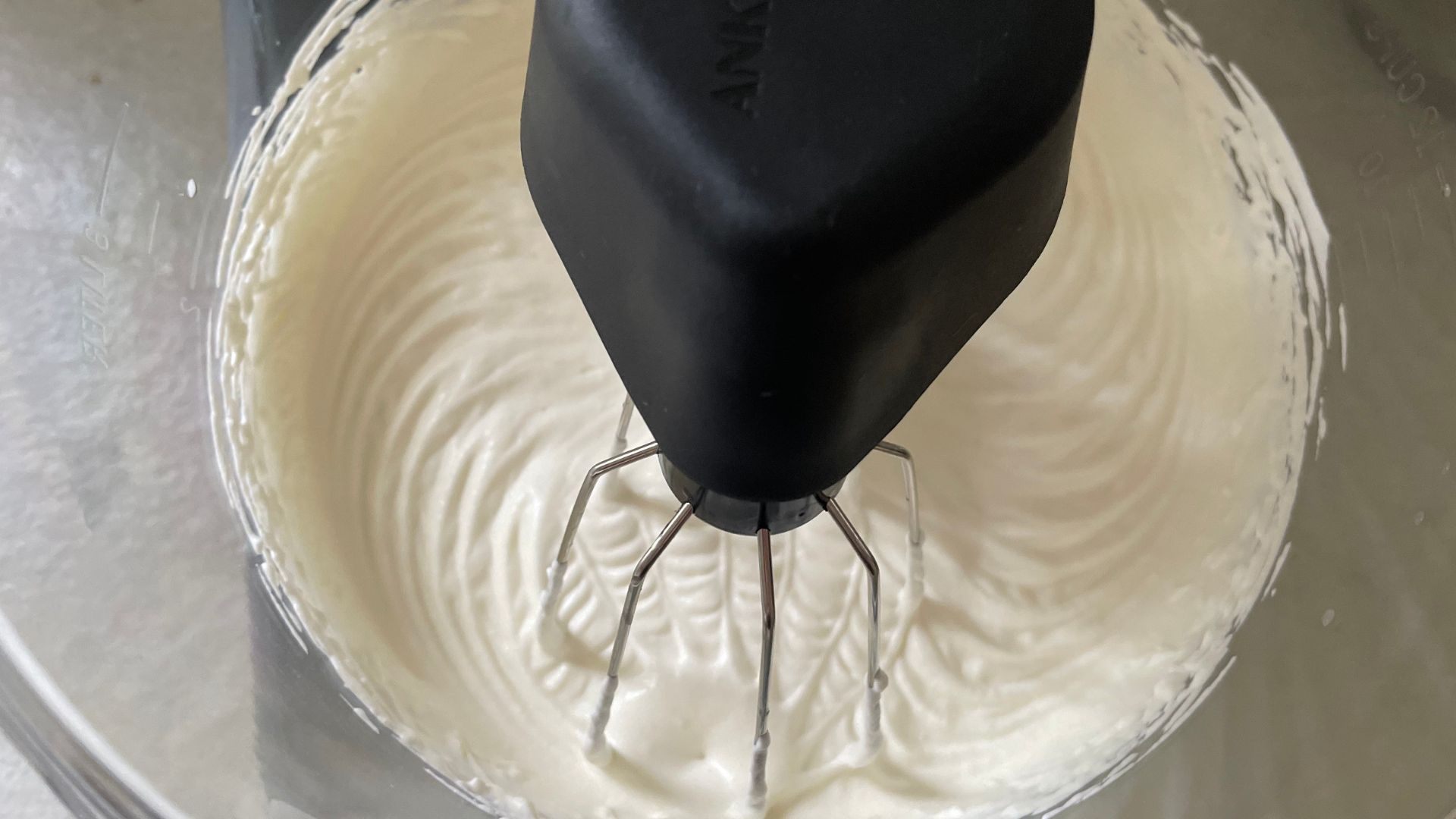
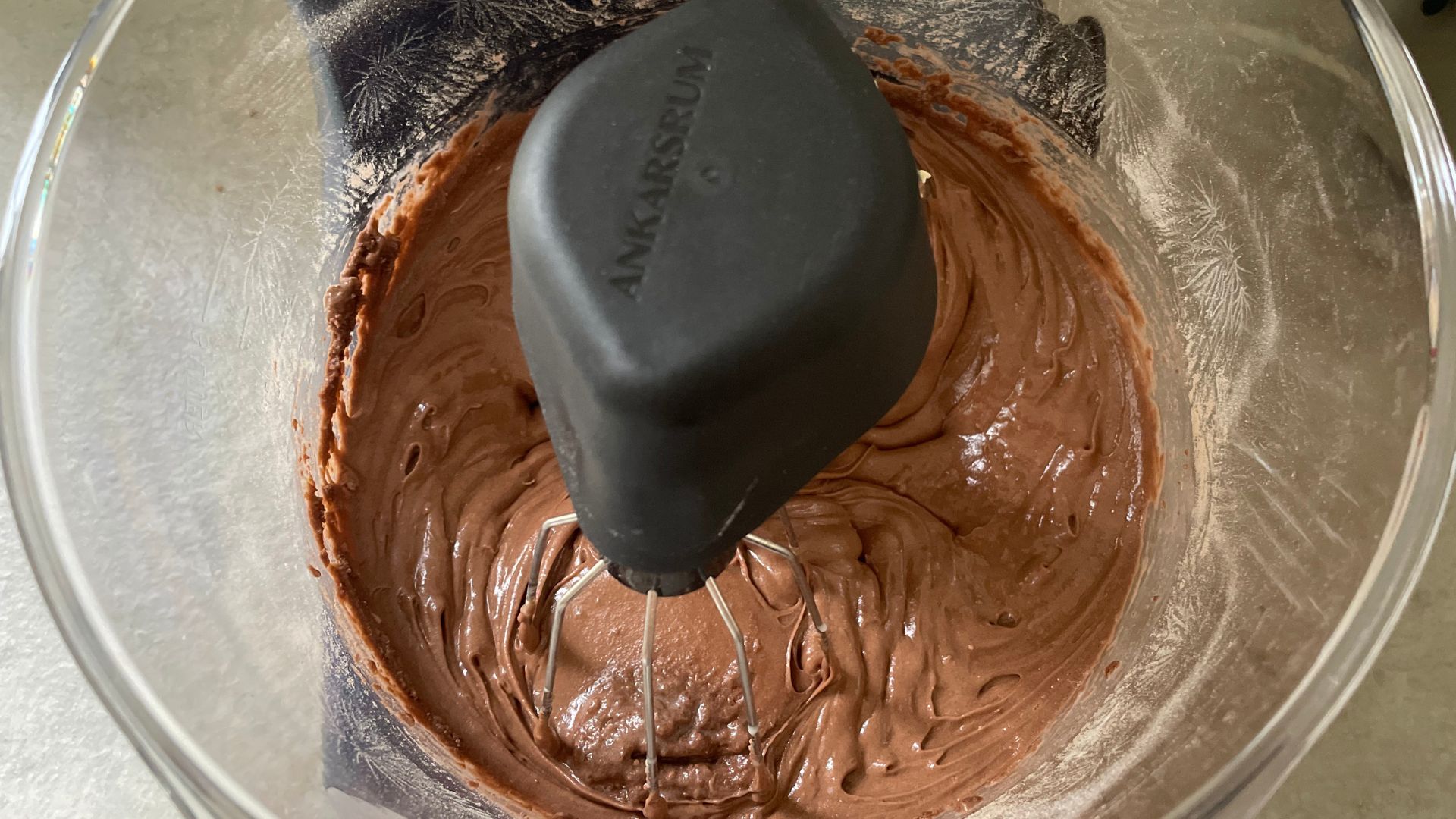
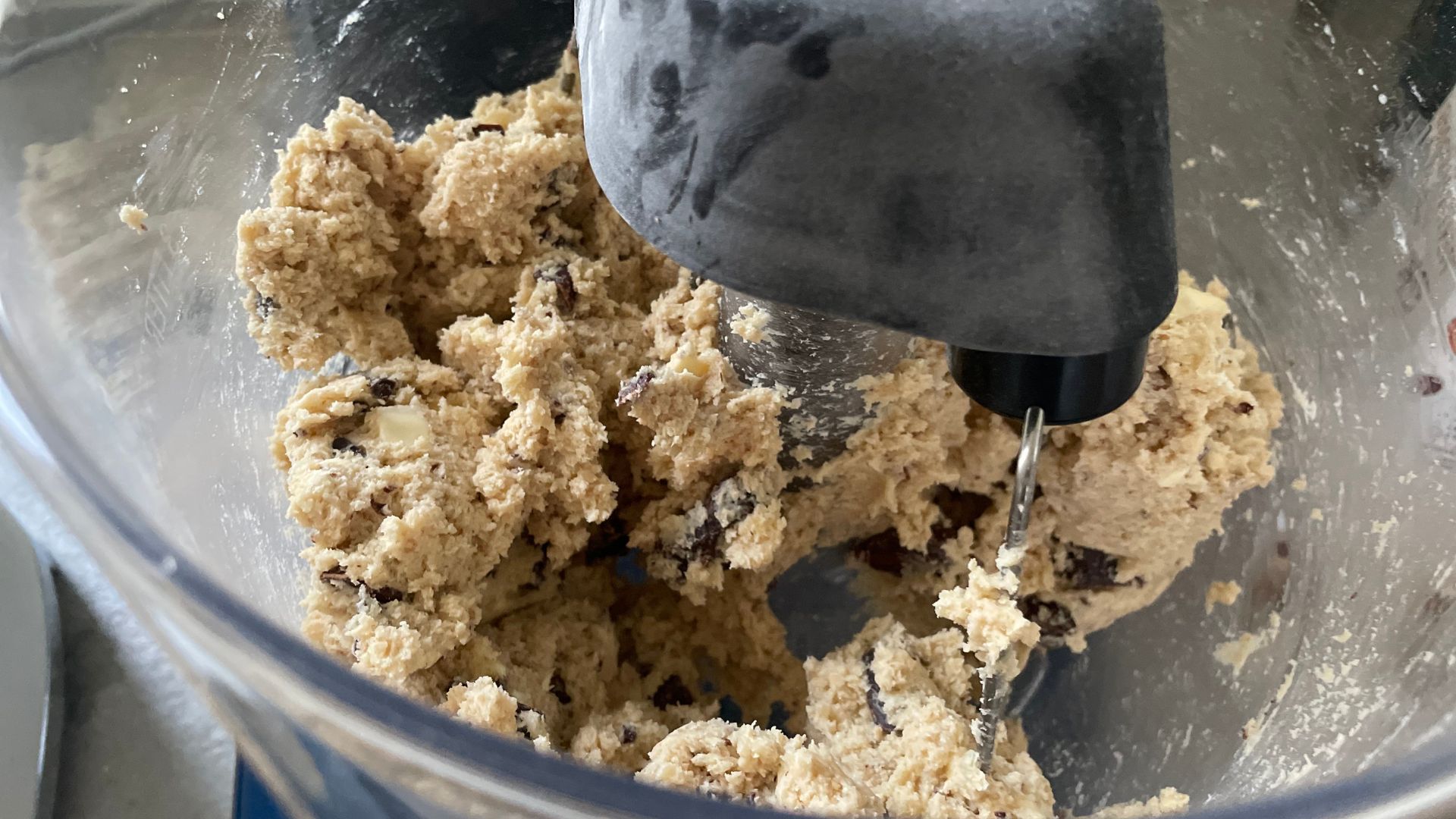
Specifications
Reasons to buy
Reasons to avoid
The Ankarsrum (pronounced ahn-kar-shroom) isn’t your typical stand mixer. It looks different because it is different. Unlike a KitchenAid or Kenwood, where the mixing head rotates, the Ankarsrum spins the bowl—a clever design that adds power and stability.
What I Love
It’s absolutely mesmerizing to watch, but there’s real substance behind the style. The spinning bowl keeps everything steady, even when you push its mighty 1500-watt motor to the max (for reference, that’s nearly five times the power of a KitchenAid Artisan). It also comes with a generous set of accessories—many designed specifically for dough—which helps justify its premium price and the loyal following.
You could throw high and low hydration doughs at this and it wouldn't break a sweat. I made some of my best-ever loaves, buns, and pizzas with this machine, and I don’t think that’s a coincidence.
Good to Know
If you’re more into cakes and cookies than sourdough, this might not be the perfect stand mixer for you. It still whips and mixes well, but I found myself reaching for my spatula more often than I’d like.
Also, fair warning—it’s heavy. Once you set it up, it’s staying put. If counter space is tight, you’ll need to commit a good section of the counter to it.That said, this is still one of the best stand mixers out there, especially for bread lovers.
You can find out more in my full Ankarsrum Assistent Original Stand Mixer review.
Most beautiful stand mixer
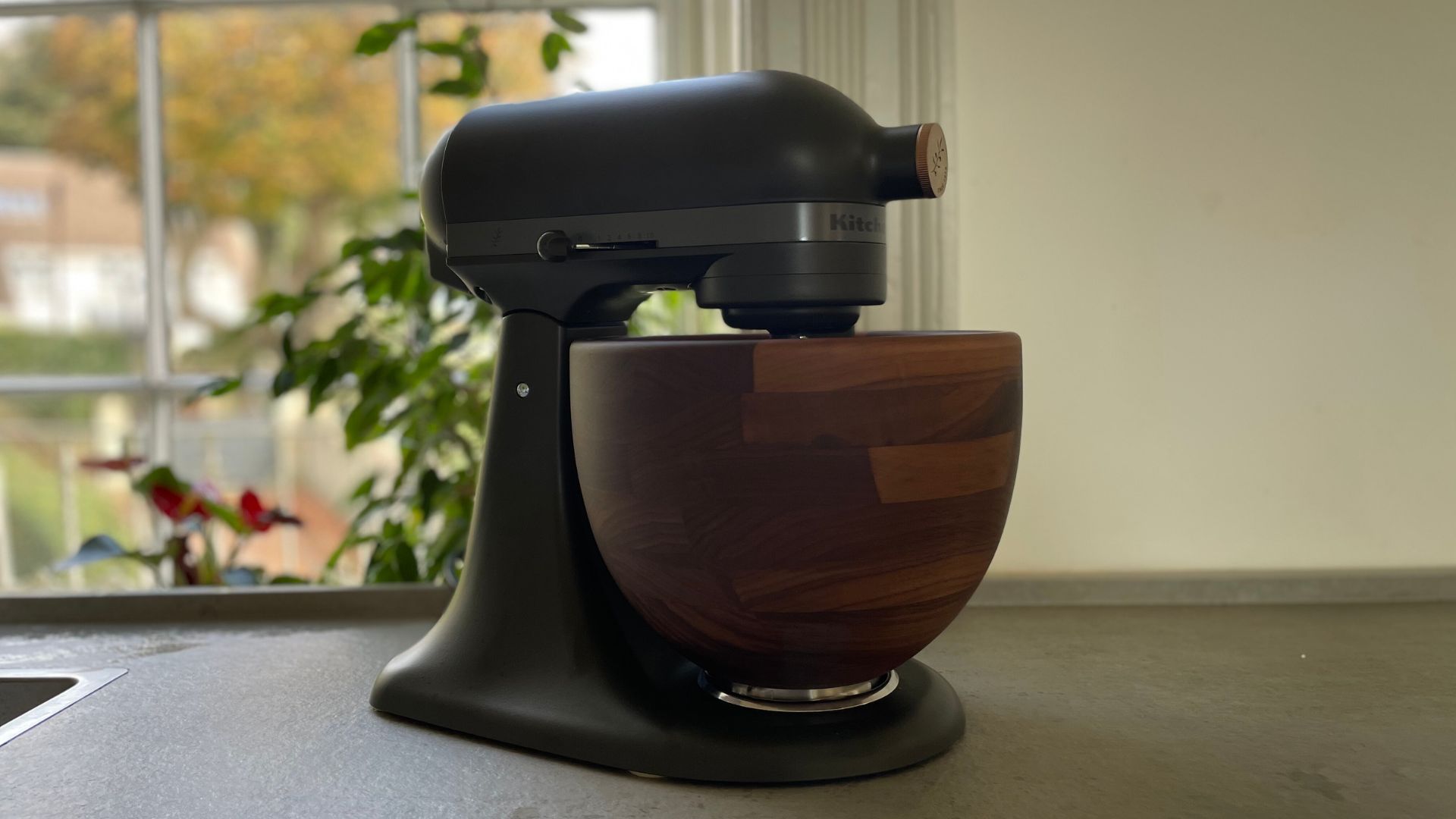
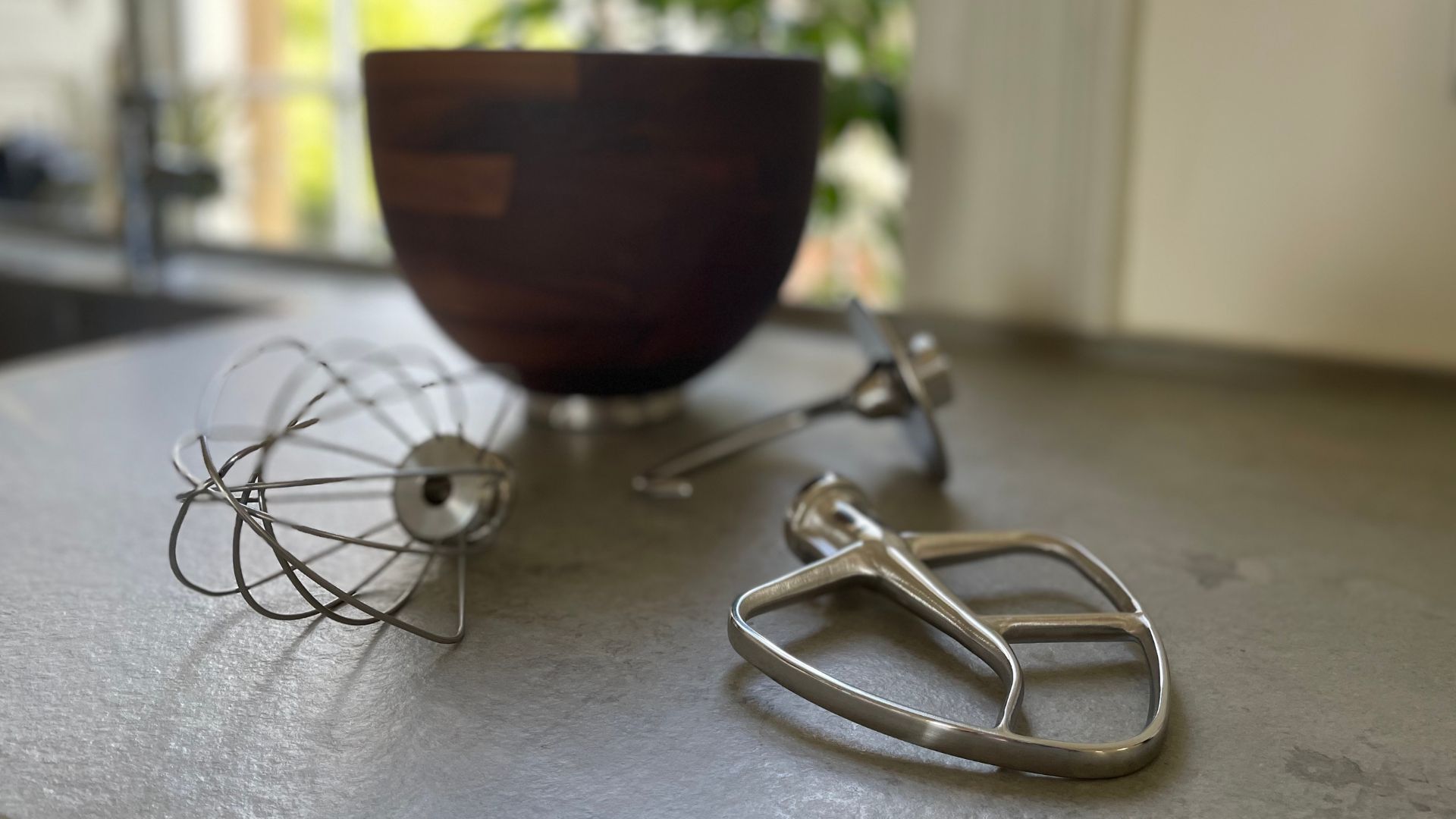

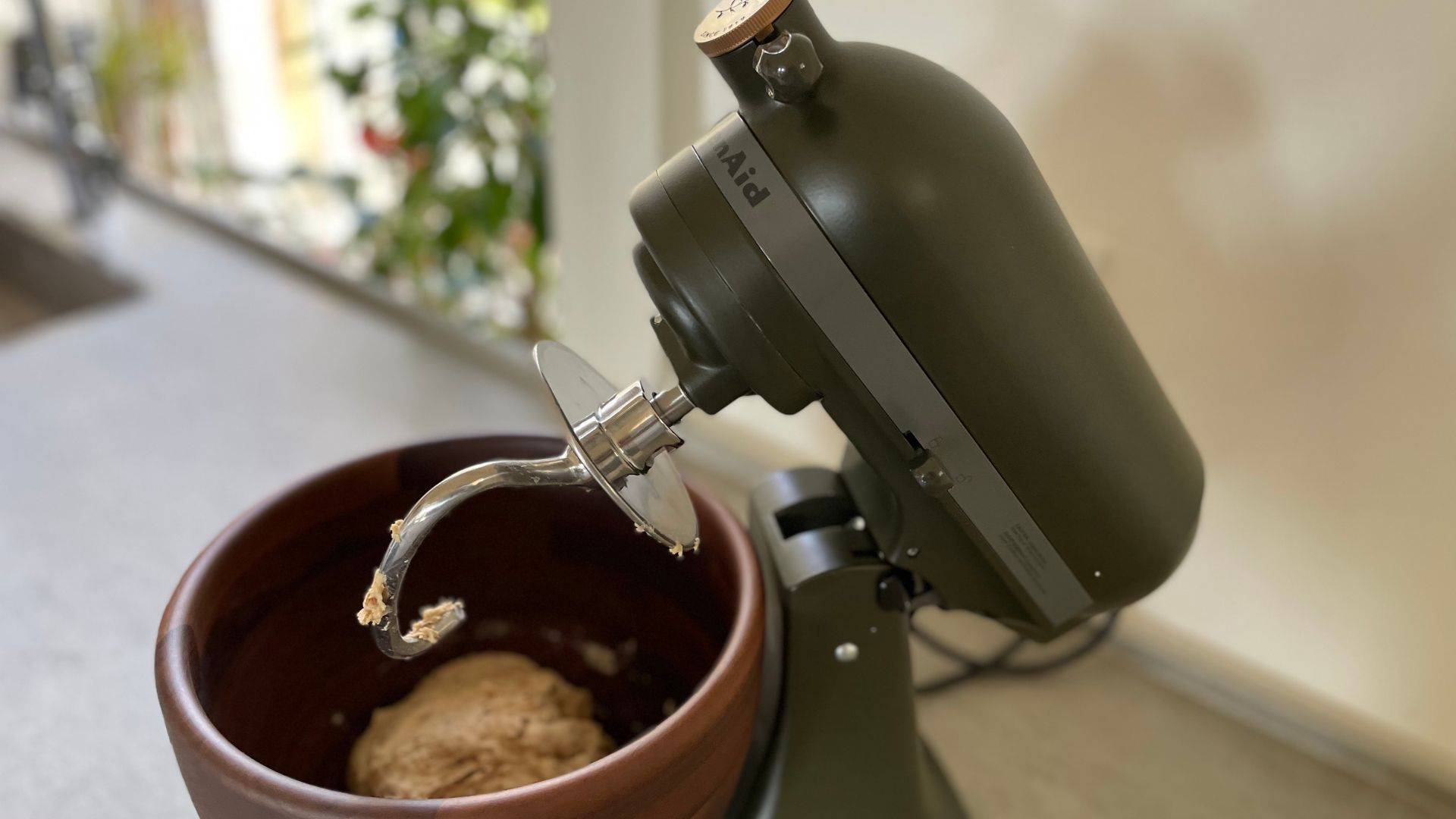
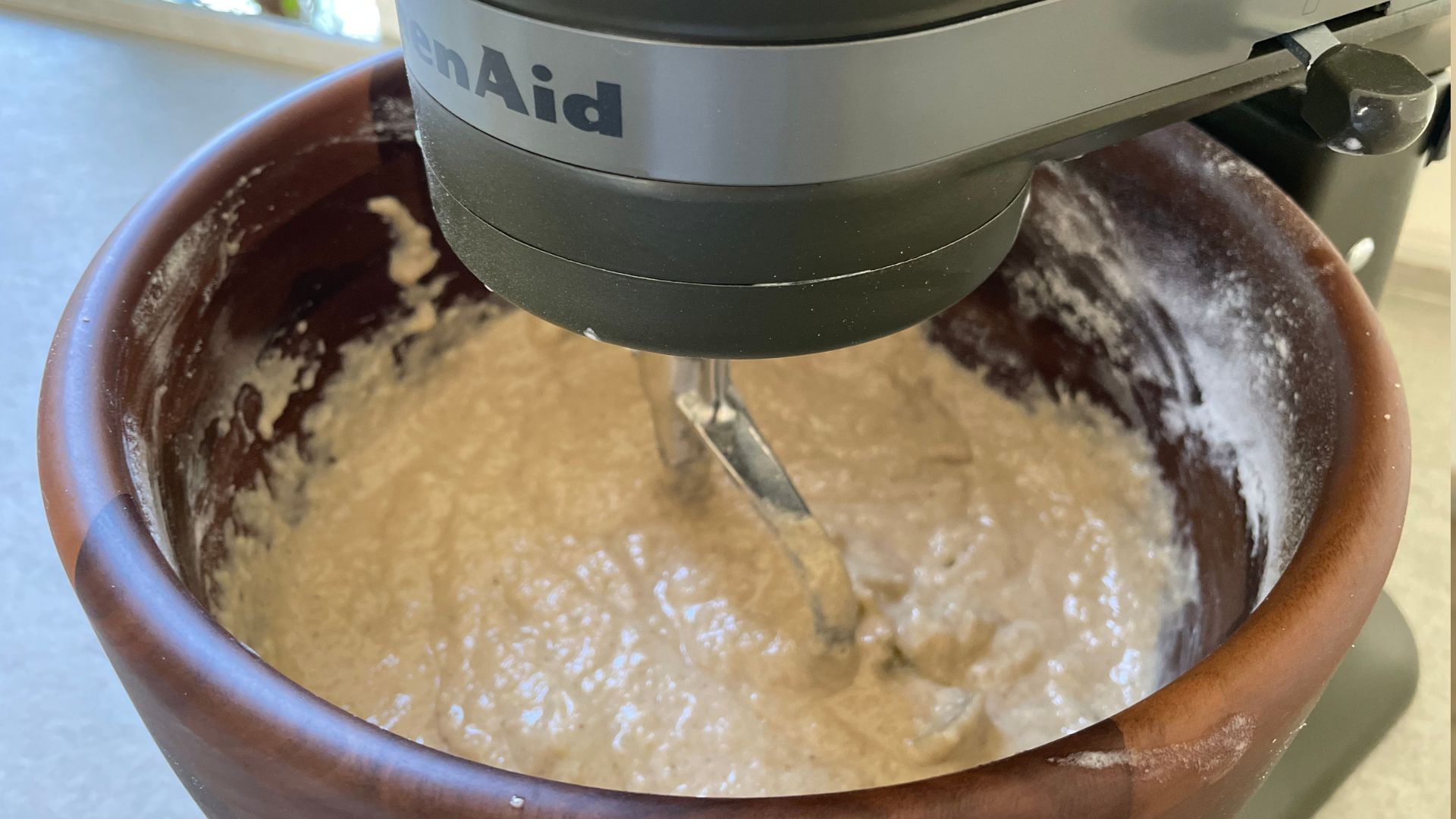
Specifications
Reasons to buy
Reasons to avoid
KitchenAid’s limited-edition stand mixer has had everyone talking. If I had a pound for every time someone mentioned "the green KitchenAid with the wooden bowl," I could have bought one myself — and, trust me, I’m very tempted anyway.
What I love
This stand mixer is pure art. The moss-green shade is so earthy it's out of this world, the walnut bowl is one-of-a-kind, and the delicate engravings add an organic touch. Luckily, it’s not just a beauty—it’s a powerhouse, too. My cakes were light and fluffy, my bread dough was perfectly elastic, and my whipped cream was so light, I almost couldn't taste it.
Good to know
Wooden bowls require extra care—no long soaks in the sink, and handle them gently. And, of course, there’s the price: nearly £1,000. If you love a stylish kitchen and can justify the splurge, it’s worth every penny. But if you're after beauty on a budget, there are plenty of stylish mixers for half (or even a quarter) of the cost.
You can find out more in my full KitchenAid Evergreen Design Series Stand Mixer review.
The ones that just missed the list
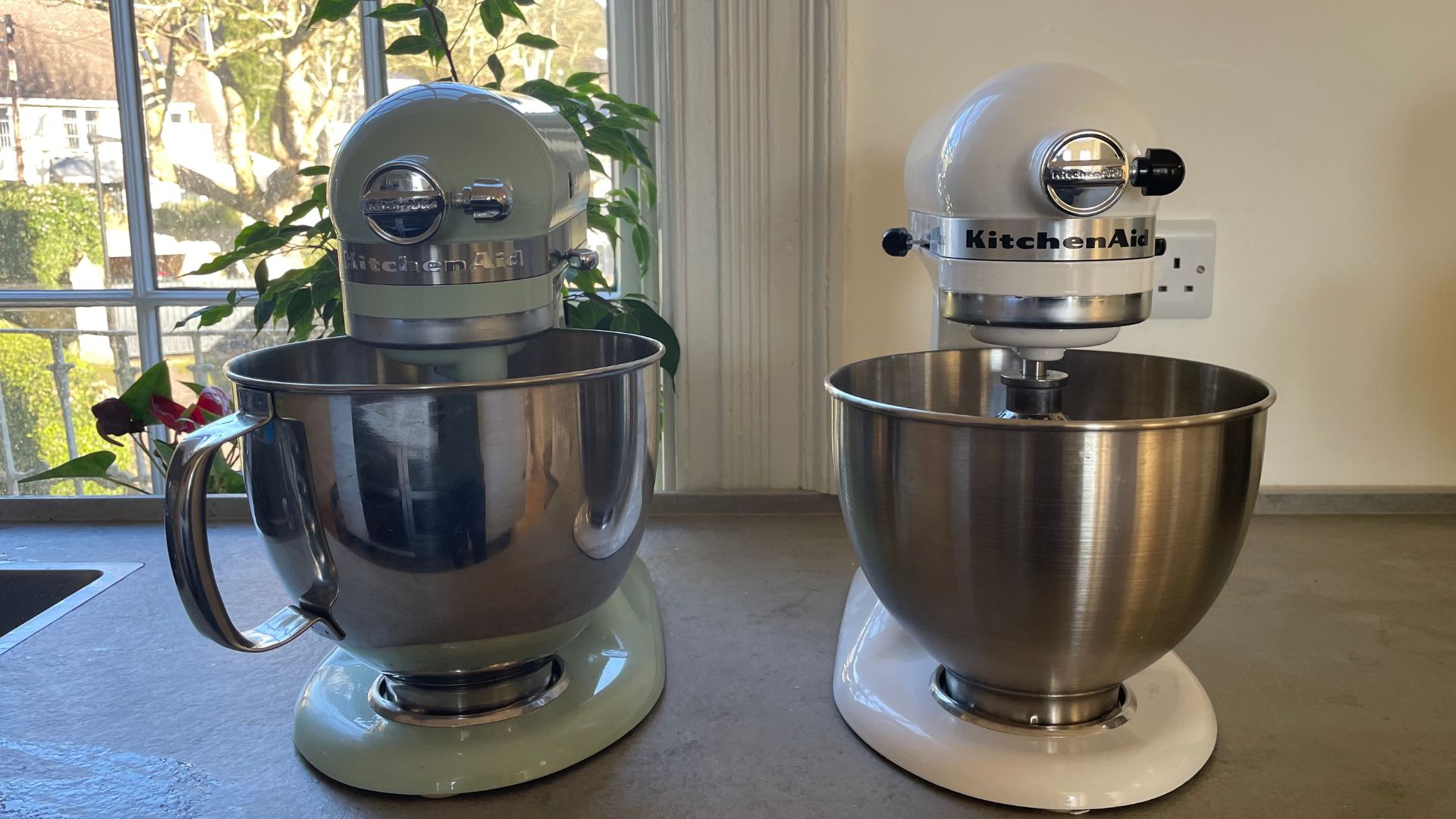
If you feel like those models haven't quite hit the spot, I do have three more suggestions. These ones are still brilliant and I feel happy to recommend them to you. Whilst they aren't specialists like the six above, I still think you'd be a happy baker with them on your counter.
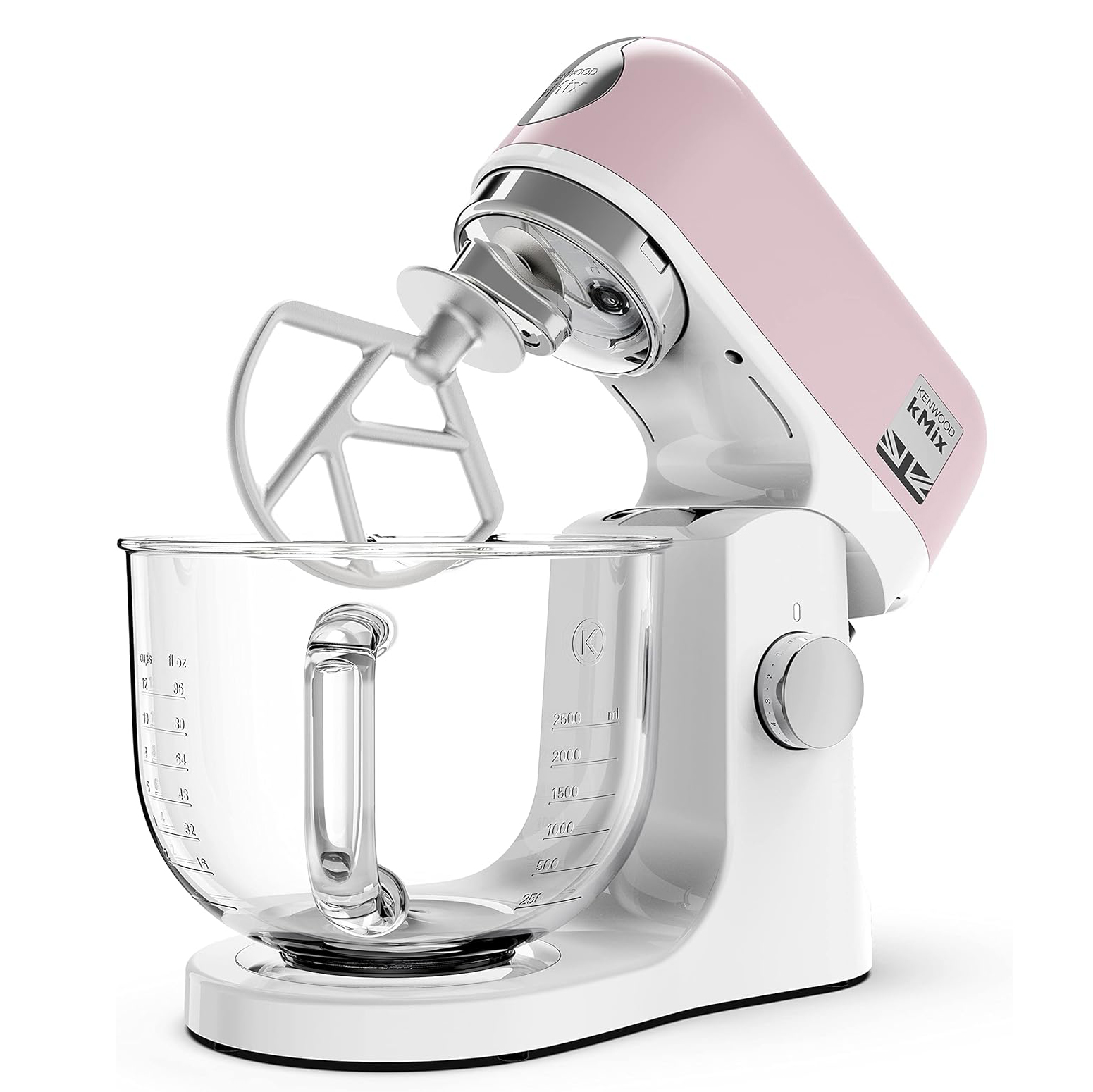
A popular KitchenAid alternative
Lots of people are opting for Kenwood over KitchenAid (even the GBBO tent is sporting some of these). KMix stand mixers are reliable, and robust and this mixed its way through even my tough bread test. The glass bowl is divisive, but those who are fans of it love how it allows you to see the mixing process in action.
The reason it didn't make the cut for me was that KitchenAid has the edge for style and endurance; Bosch was better for versatility and power; and there were other Kenwood models that I preferred (the compact Kenwood GO, in particular).
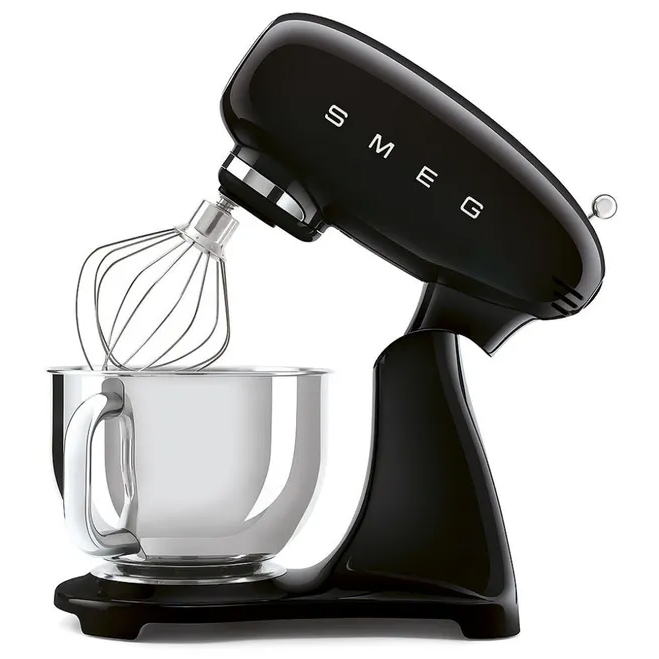
A stylish alternative
When you see Smeg branding, you'll know that you've got a stylish stand mixer on your hands. The curved edges and chrome look almost too good to use. However, the ten speed settings offer versatility and performance that you won't want to give up.
This was knocked off the main list by the KitchenAid Design Series Evergreen. How can you compete with a wooden bowl? It also can be a little whiny at faster speeds.
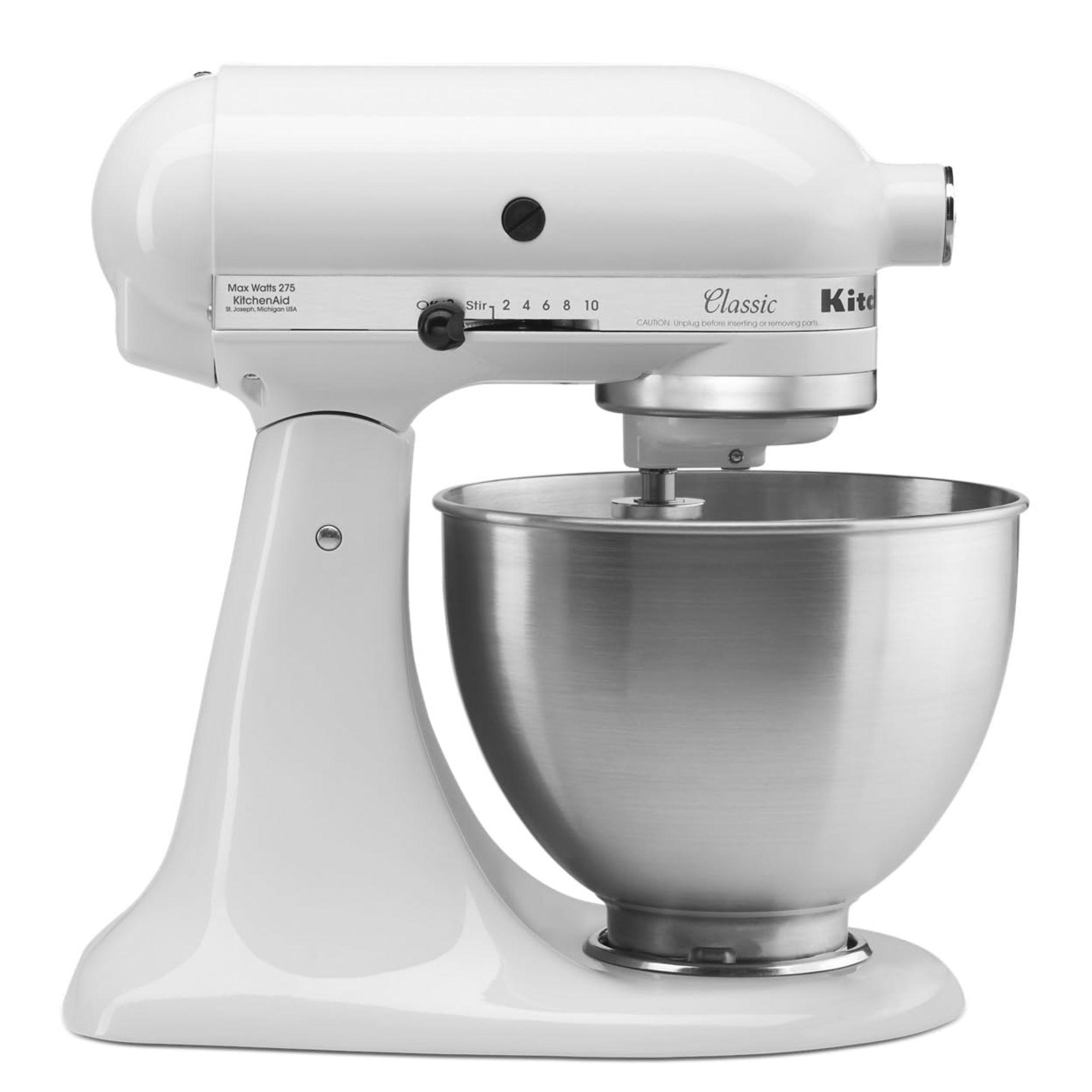
A budget KitchenAid
If you've liked the look of KitchenAids and hankered after the brand name for decades, here's a secret. The Classic is a lot like the Artisan, just with fewer colour options and a smaller bowl. If you're desperate for the name and you're on a budget, this is a great way to save.
It did't make the cut for my final list because the other KitchenAids were just so good. It's a fine stand mixer, but it doesn't stand out on any tasks and is still pretty expensive compared to ProCook, for example.
How I chose and tested the best stand mixers
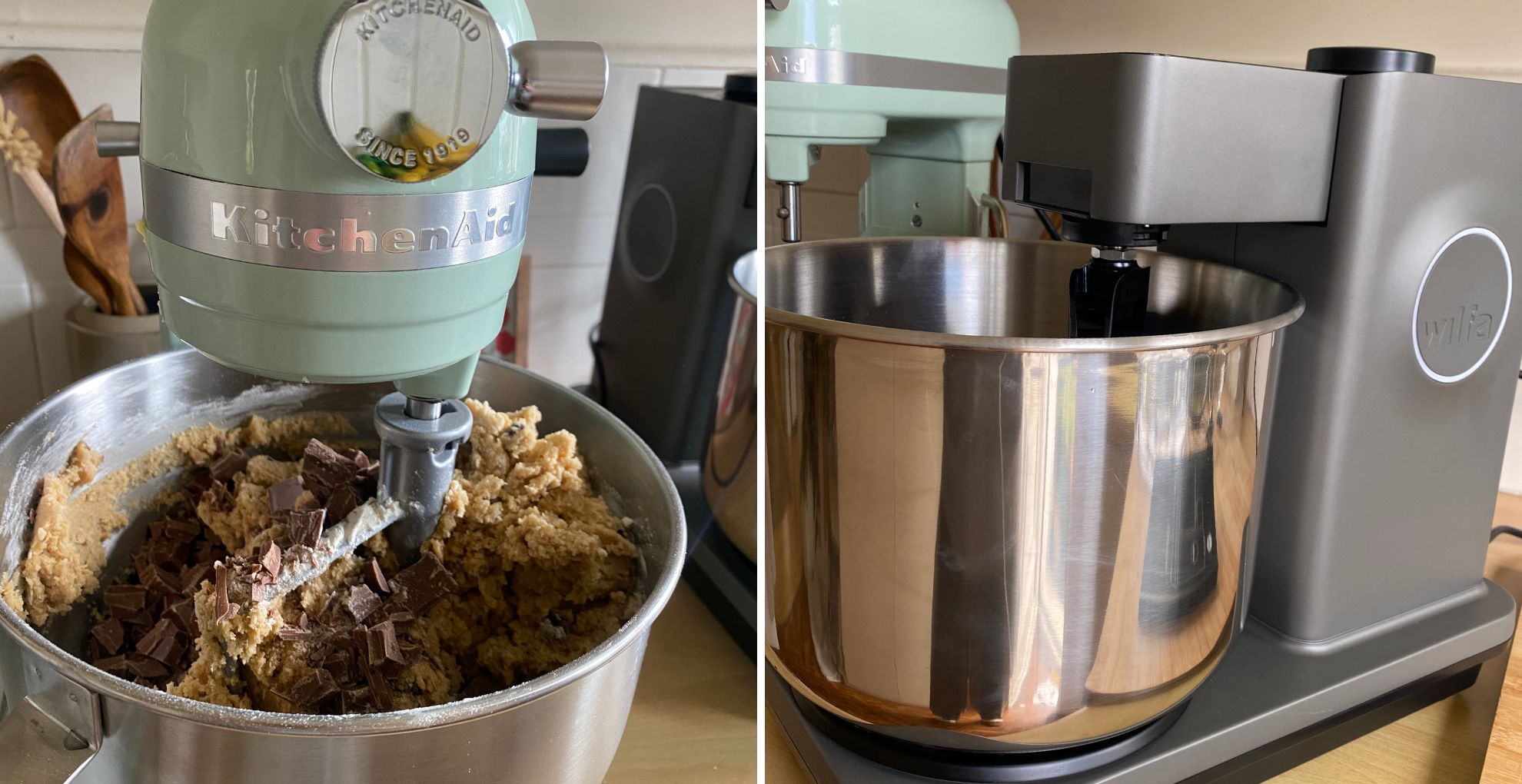
Two stand mixers being tested by our experts
I always find it helpful to know what goes on behind the scenes. If you're wondering how we test stand mixers, it's actually very simple. Each model goes through a series of standardised tests and I score them throughout the whole process.
The tests
First, I make a cake with the beater, creaming butter and sugar before adding eggs, flour, and flavorings. This is a great way to check that the stand mixer reaches all sides of the bowl, but it's also important to note how well the beater incorporates wet and dry ingredients. It needs to be a lump-free zone.
Next, I test the dough hook by making bread dough. This is a lot tougher than bread dough, so I check for wobbling, loud noise, and make notes on whether it forms a smooth, elastic ball. Normally, this should happen in just in 4-6 minutes.
Finally, I whip both vegan and regular double cream, timing how long it takes to form thick, peaky cream. The best mixers manage it in a minute — some take up to eight and they don't make the list.
Since I’m a keen baker, I tend to keep the stand mixers in my home for a couple of weeks whilst I put put each mixer through some informal extra rounds of testing, making cookies and testing different bread hydrations over a few weeks. If anything of note crops up in the long-term tests, I let you know about it.
The analysis
With over 20 models tested, I naturally compare them all. I put all my comparisons into my reviews, offering one that's a little more luxurious as well as one that's a little cheaper, so you get a sense of whether your stand mixer is good value for money.
I talk about guarantees, any extra attachments, storage, cleaning, and just about everything else that you would need to know about before making a final purchase. I always say that my emails are open. If you want to chat about stand mixers, I'm always happy to, as long as we can do it over a slice of cake.
How to choose a stand mixer
A stand mixer is one of those kitchen gadgets that, once you have one, you’ll wonder how you ever lived without it. But with so many options out there, how do you find the right one for you? Here’s what to consider before you take the plunge.
- Capacity: If you’re an avid bread baker, a tiny bowl and a lackluster motor just won’t cut it. On the other hand, if you only bake occasionally or cook for two, there’s no need for an industrial-sized machine. The simple answer to "what size stand mixer do I need?" is probably going to be about a 4-litre bowl. This is a great all-rounder for most people, but if you love batch baking, look for models closer to 6 litres or more. Think about what you’ll actually be making and choose accordingly.
- Power: Lots of people ask me "what is a good wattage for a stand mixer?" Power matters, but bigger numbers don’t always mean better performance. A 300–500W motor is plenty for cakes and cookies, while anything above 800W is ideal for kneading dough and tougher mixtures. The real trick is in the design—some lower-wattage mixers perform better because they’re engineered more efficiently.
- Size and weight: Stand mixers are bulky beasts, so you need to decide where yours will live. If your cupboards are already bursting, you might want to keep it on the worktop—in which case, pick one that looks as good as it performs. If you plan to store it away, check the dimensions and ensure it’s light enough to lift comfortably. Some mixers, especially the all-metal ones, can be surprisingly heavy (over 10kgs).
- Attachments: Most stand mixers come with three standard attachments: a flat beater, wire whisk, and dough hook. A splash guard is also common and can be a lifesaver when working with flour. If you’re eyeing up extra attachments—like a food mincer or pasta maker—be honest with yourself: will you really use them? They’re fun, but they can also add a lot to the price tag.
- Price and guarentee: Stand mixers range from £75 to over £1000, so your budget should match how often you’ll use it. If you’re mixing up cakes and dough a few times a week, a £250–£400 mixer with good build quality is a great investment. If it’s more of an occasional treat, a cheaper model will do just fine. Just remember, additional attachments can add up, so factor that into your decision.
FAQs
Which brand is best for stand mixers?
It depends on what you’re looking for. KitchenAid is the go-to for style, durability, and versatility, while Kenwood offers great power and value. If you’re a serious bread baker, Ankarsrum is a dream. And for tech lovers, Bosch has some amazing hybrid models. There’s no one-size-fits-all, but there’s definitely a perfect stand mixer for you.
Is there a good alternative stand mixer brand to KitchenAid?
People are always looking for affordable alternatives to KitchenAid stand mixers and this guide is my proof that you can find them. Lots of bakers will tell you that Kenwood's kMix is a serious rival for the KitchenAid Artisan, but I think the Bosch Series 6 is just as good too. If you need to save on space, don't forget about the Kenwood GO too.
Which stand mixer does Mary Berry use?
I get these kinds of questions all the time. If it's not Mary Berry, it's Prue Leith, Paul Hollywood, Gordon Ramsey or "which food mixer does James Martin use?". Generally, these are split between the Kenwood kMix and the KitchenAid Artisan Stand Mixer.
The KitchenAid is used by the likes of James Martin, Nigella Lawson, Paul Hollywood, Kate Middleton, and most other celebrity chefs. The prestige, heritage and design has proven to be popular. However, famous bakers such as Mary Berry and Prue Leith have publicly endorsed the Kenwood kMix. They're both great stand mixers (you can't go wrong with either) and I've compared the two in detail in my Kenwood vs KitchenAid article.
Which stand mixer do professionals use?
If you want to know which stand mixer professionals use, the answer depends on who you talk to. More often than not bakers will use specially designed industrial stand mixers. Brands like Sage and KitchenAid make larger, more powerful machines that straddle the middleground between domestic and commercial use, but Kenwood being a famous make for celebrity chefs to shout about too.
When I asked professional chefs and bakers which one they go for, the overwhelming response was that they use the KitchenAid 6.6-litre Bowl-Lift Stand Mixer.
Which stand mixer do they use on the Great British Bake Off?
Every time the GBBO graces our screens with their delicious, drama-filled bakes, I find myself scrutinising the screen to work out which stand mixers they use on Bake Off. Traditionally, they've always used the KitchenAid Artisan Stand Mixer, but in recent years the Kenwood kMix has appeared in the mix too. At the moment, it's a balance of both.
Is a hand mixer better than a stand mixer?
It depends on what you need. A hand mixer is great for small tasks like whipping cream or mixing cake batter, plus it's compact and budget-friendly. But if you bake often—especially bread or big batches—a stand mixer is much more powerful and hands-free. Think of a hand mixer as a trusty sidekick and a stand mixer as the star of the show.
Why is my stand mixer so loud?
Stand mixers can be noisy, especially if they have a powerful motor or are mixing something dense like bread dough. If yours sounds unusually loud, check that it's on a stable surface, the attachments are properly fitted, and nothing is loose. Some mixers are just naturally louder than others—but if the noise seems excessive, it might be worth checking the manual or contacting the manufacturer.
Do stand mixers actually make better bread and cakes?
In a nutshell, yes. Having the consistency and power of a stand mixer's action in all your baking can help to deliver reliable, delicious results. Stand mixers are pricey, but if you cook from scratch frequently—and especially if you are a keen baker—a stand mixer is definitely worth buying. They help to make doughs, batters, whip egg whites, cream or mashed potatoes, in a way that no other appliance can.
Ultimately, a stand mixer is designed to take the legwork out of laborious, time-consuming food prep tasks, saving you the effort. They can also be customized into other kitchen gadgets with a seemingly endless array of attachments, meaning their price tag often offers great value-for-money too.
Overall, a stand mixer is well worth buying if you are a regular cook/baker and feel you could benefit from help in the kitchen.
Sign up for the woman&home newsletter
Sign up to our free daily email for the latest royal and entertainment news, interesting opinion, expert advice on styling and beauty trends, and no-nonsense guides to the health and wellness questions you want answered.

Laura is woman&home's eCommerce editor, in charge of testing, reviewing and creating buying guides for the Homes section, so you'll usually see her testing everything from the best dehumidifiers to sizing up the latest Le Cruset pot. Previously, she was eCommerce editor at Homes & Gardens magazine, where she specialised in covering coffee and product content, looking for pieces tailored for timelessness. The secret to her heart is both simplicity and quality. She is also a qualified Master Perfumer and holds an English degree from Oxford University. Her first editorial job was as Fashion writer for The White Company.
- Molly ClearyFreelance Contributor
- Rosie Conroy
-
 This £10 primer is the only thing that can make my foundation last past lunchtime
This £10 primer is the only thing that can make my foundation last past lunchtimee.l.f. Power Grip Primer is the budget buy our oily-skinned Beauty Editor, Jess Beech, can't live without
By Jess Beech Published
-
 The eye cream Reese Witherspoon uses to banish 'concealer creasing' and puffiness was already a bargain - now it's on sale
The eye cream Reese Witherspoon uses to banish 'concealer creasing' and puffiness was already a bargain - now it's on saleThe inexpensive eye cream Reese Witherspoon uses to reduce puffiness, dark circles and creases in her concealer is even more affordable than usual today.
By Charlie Elizabeth Culverhouse Published